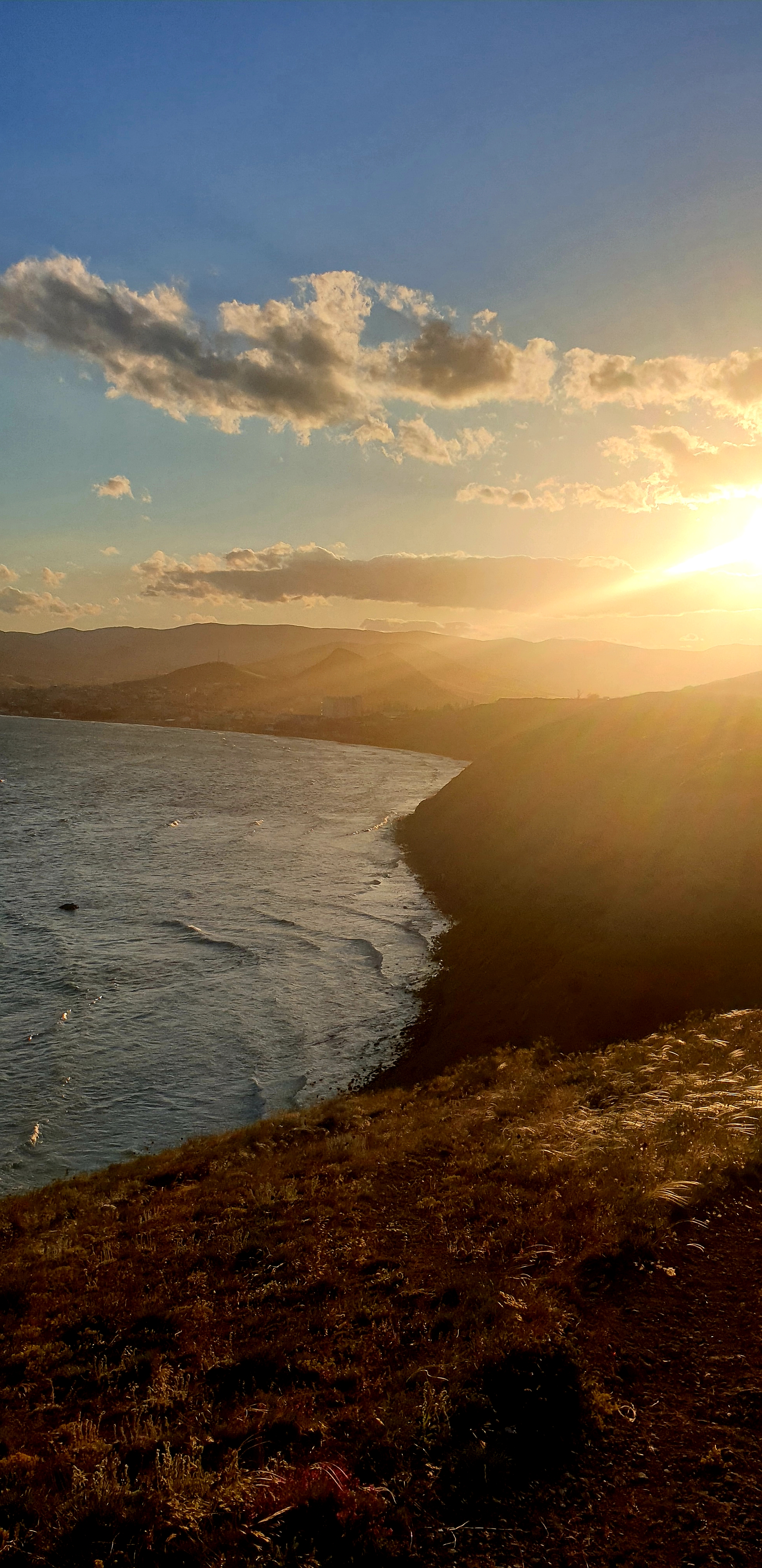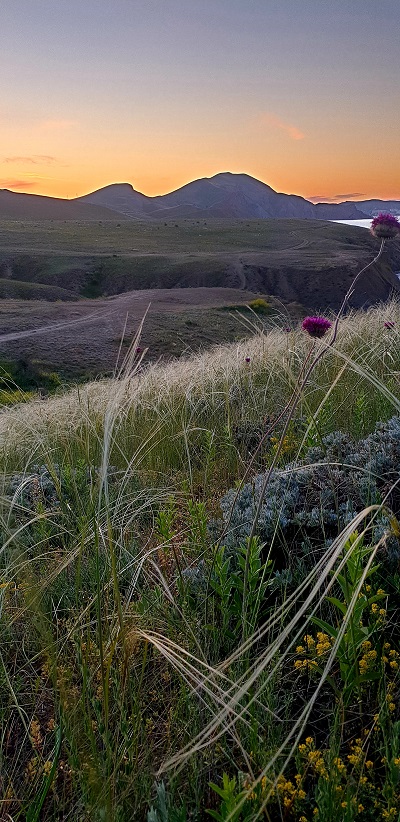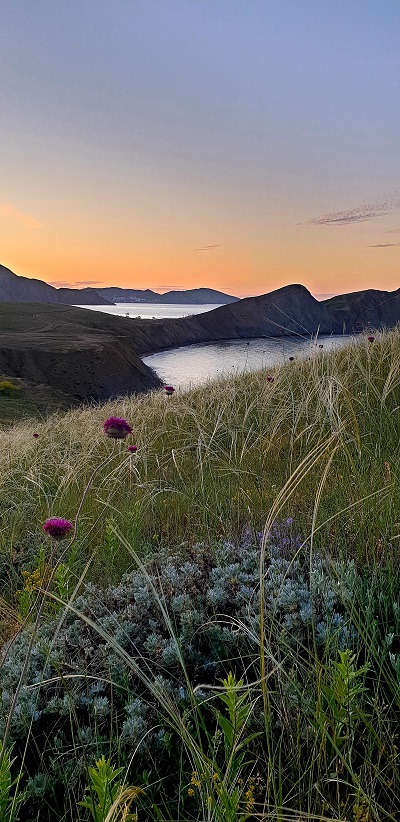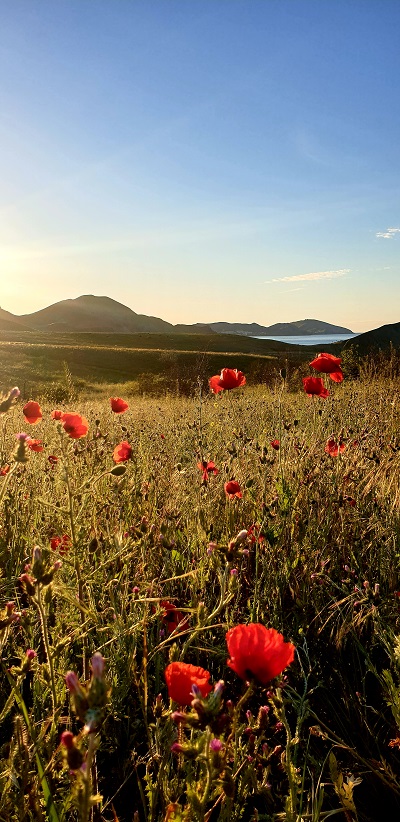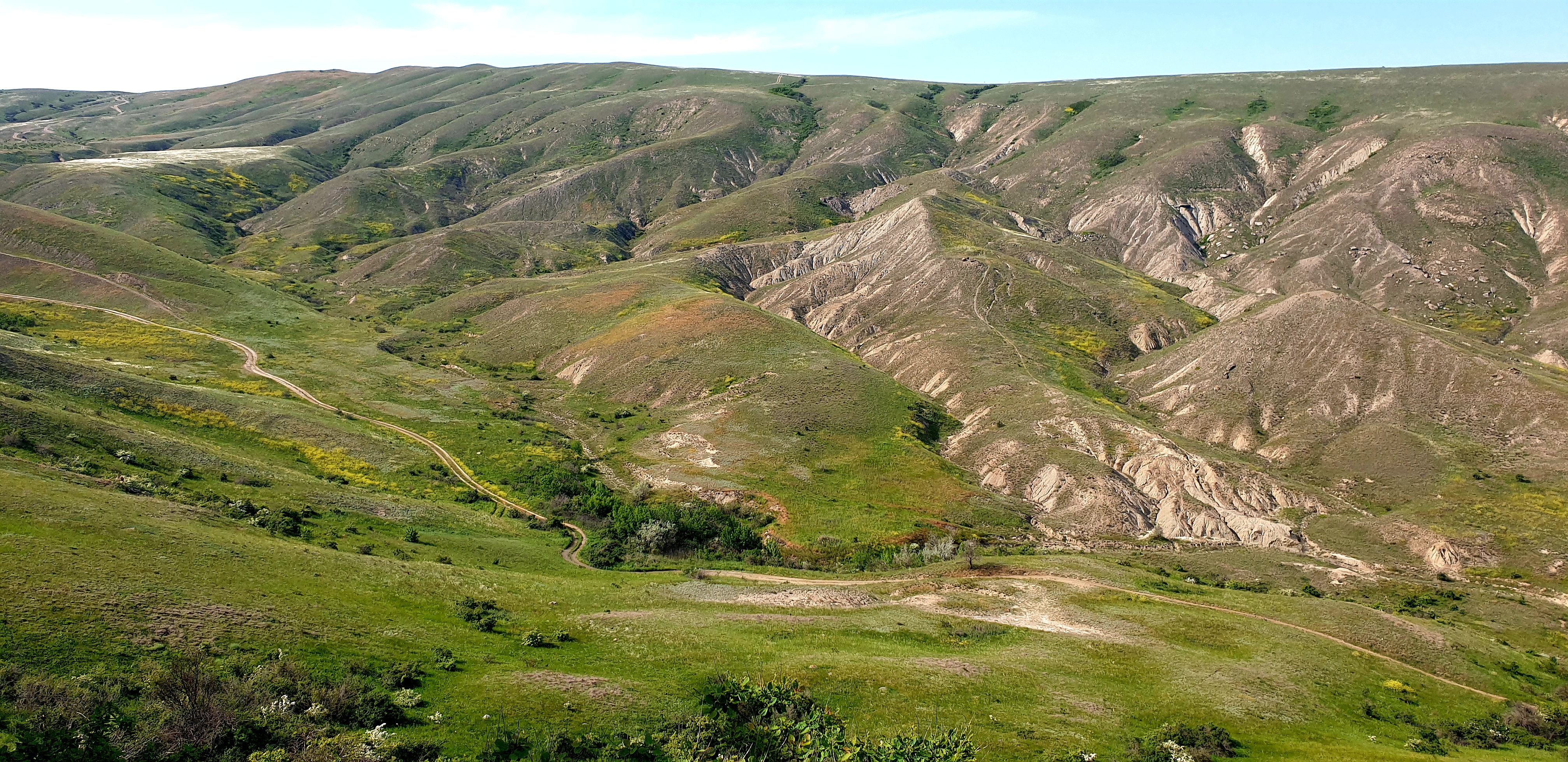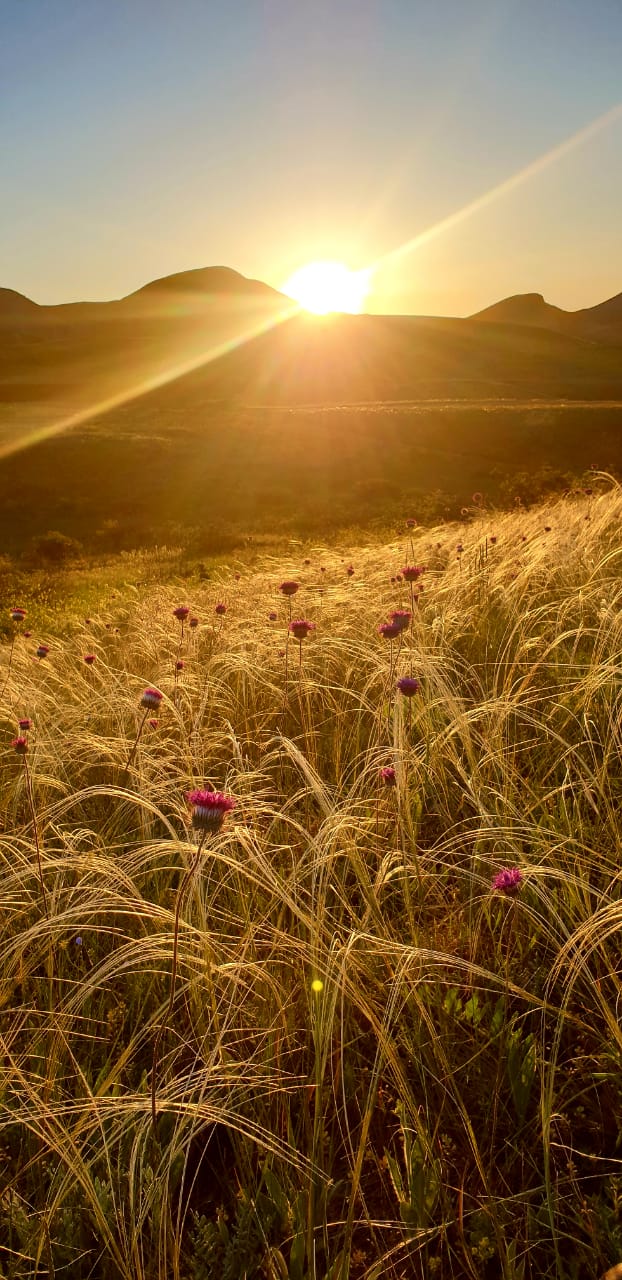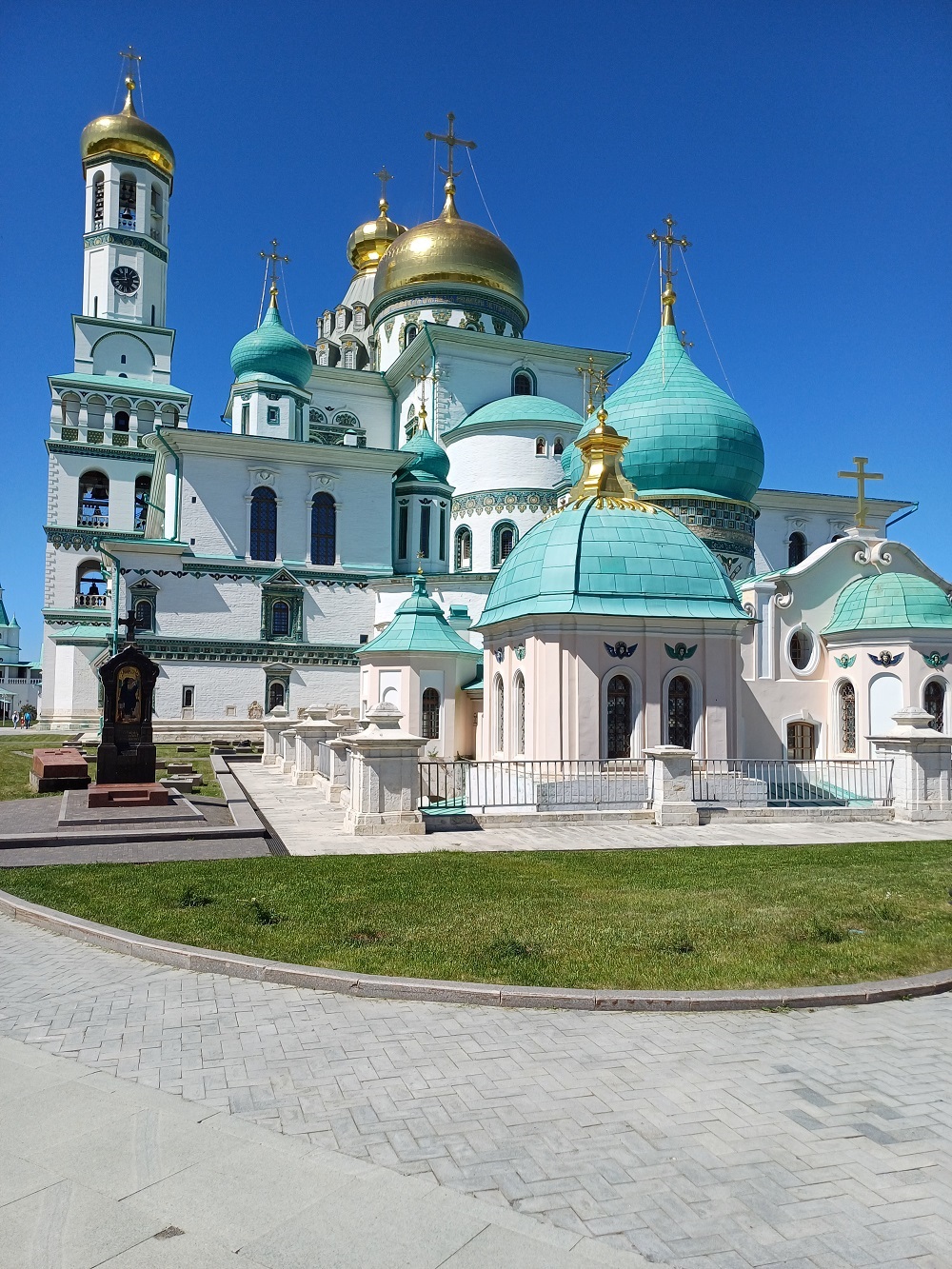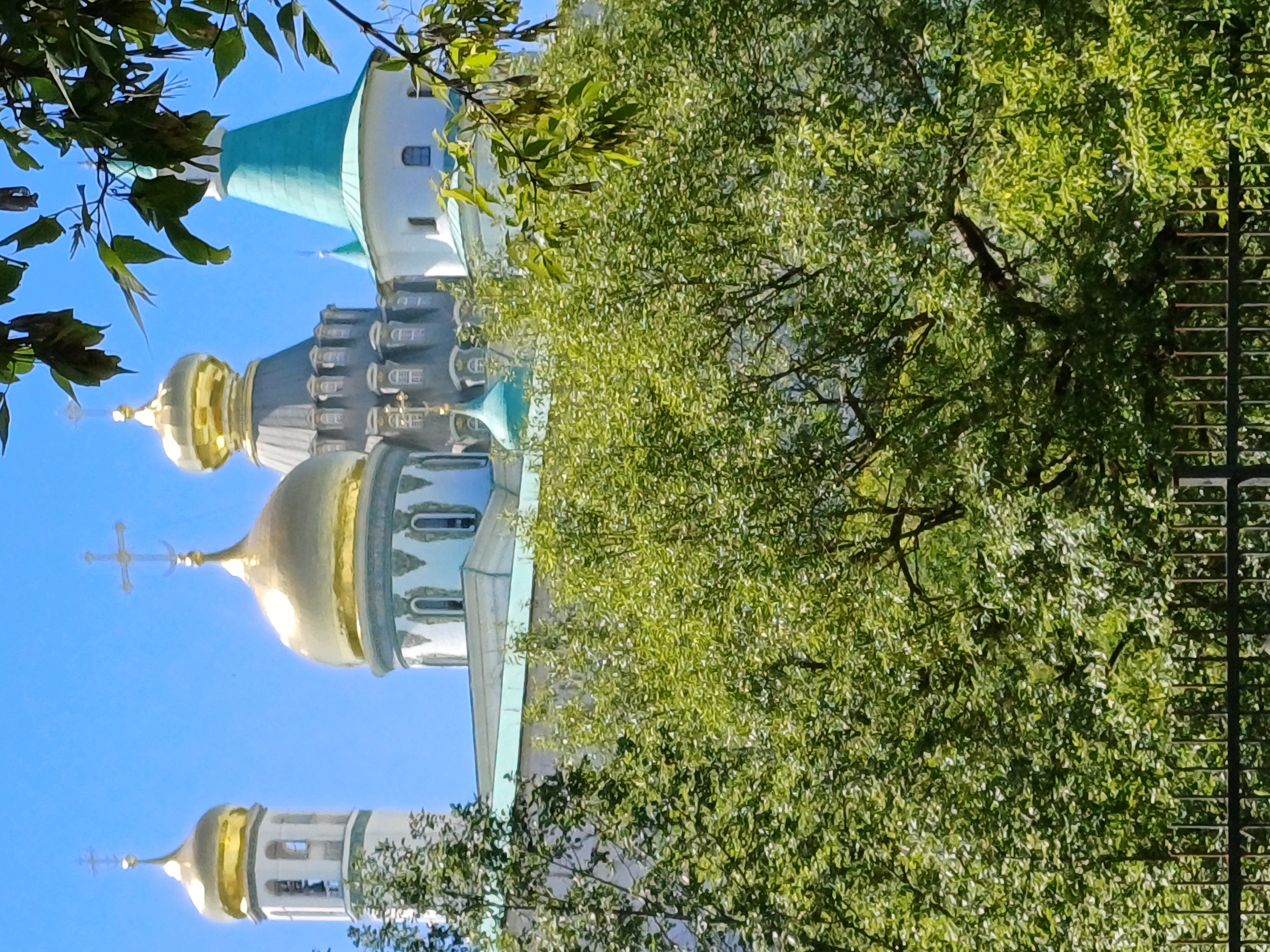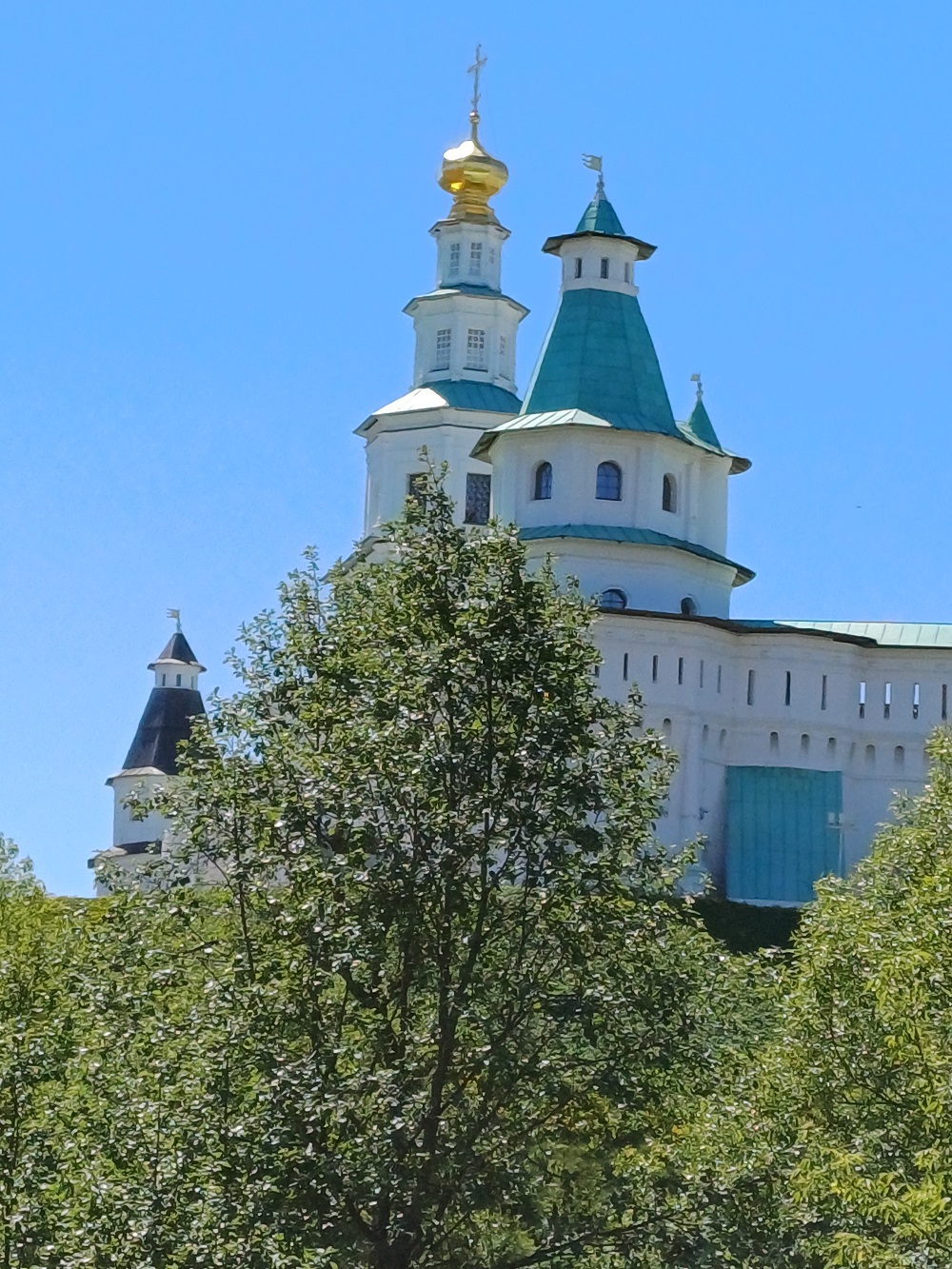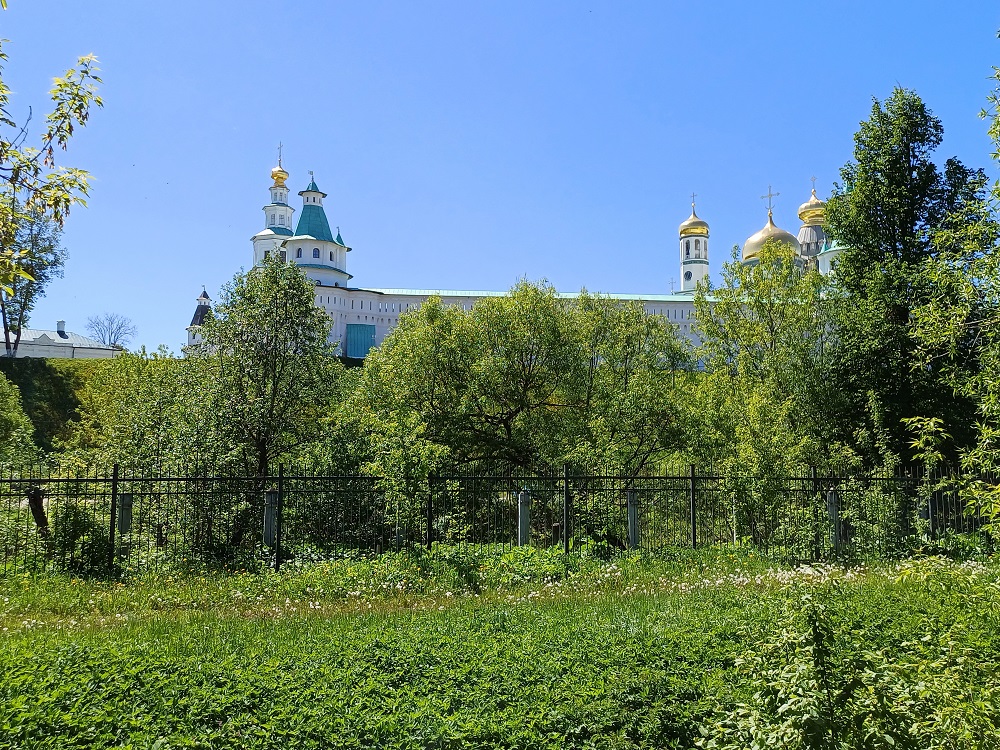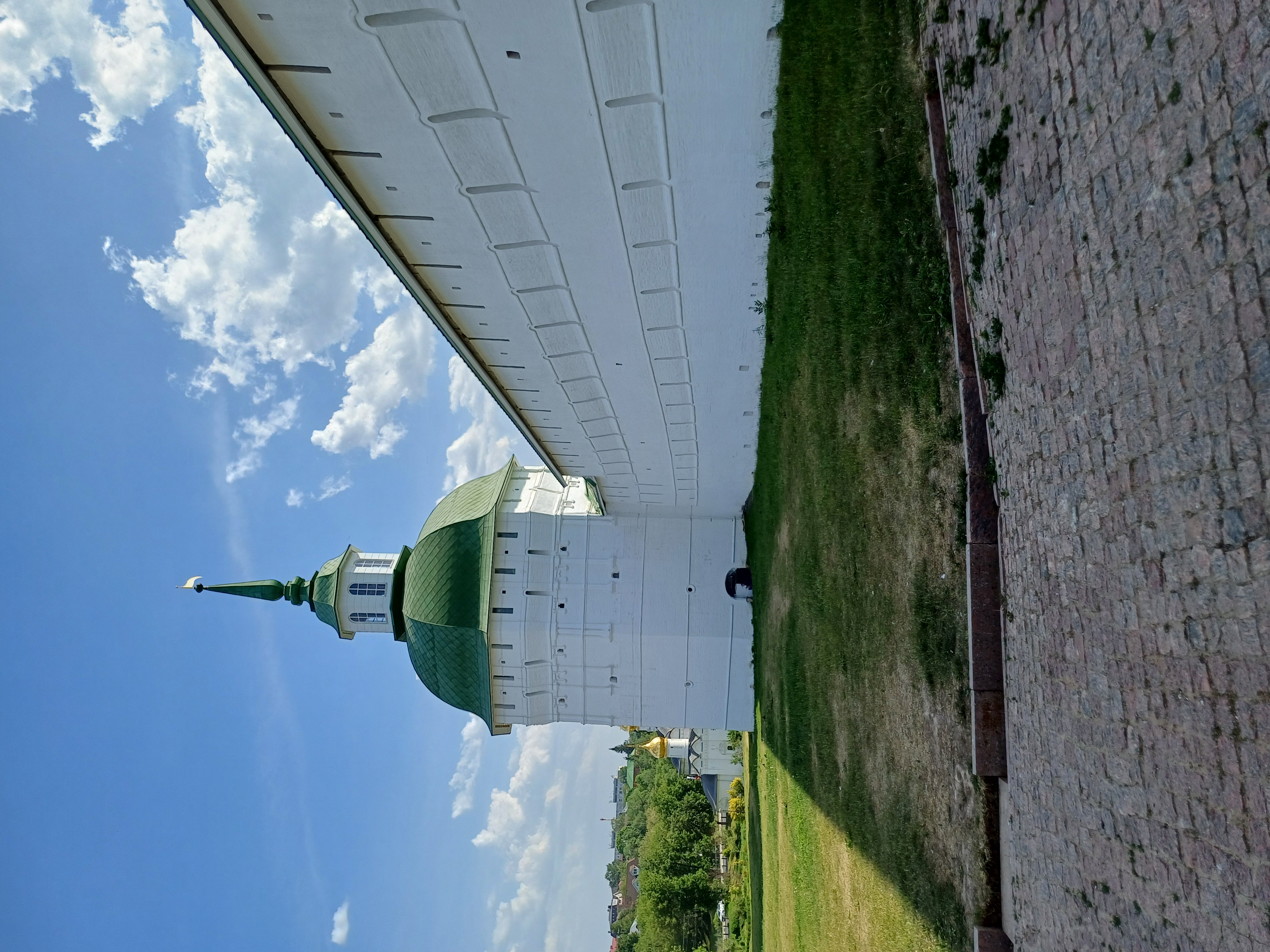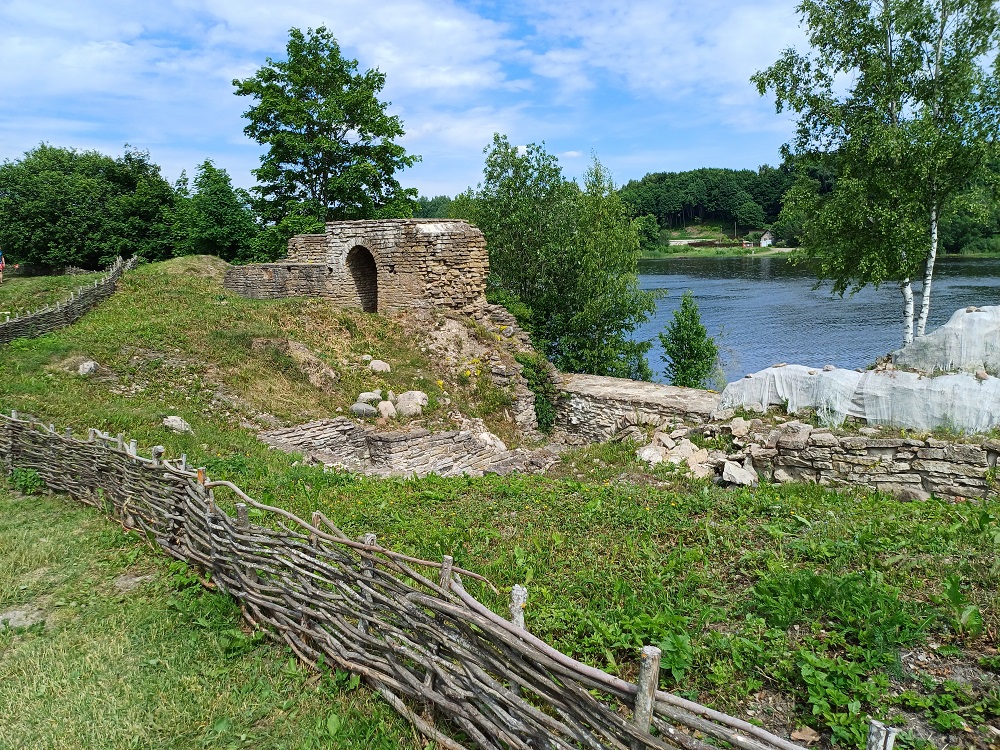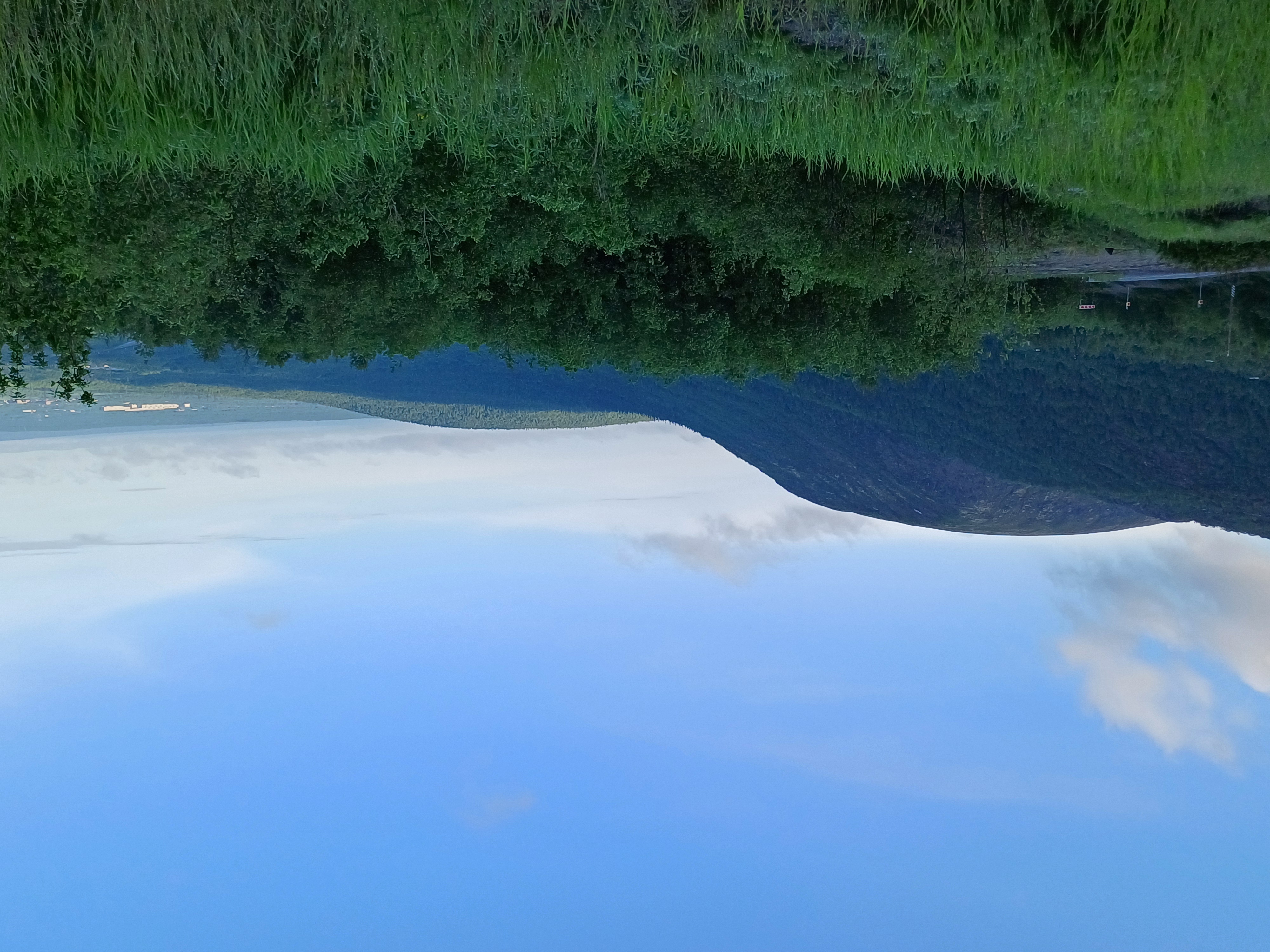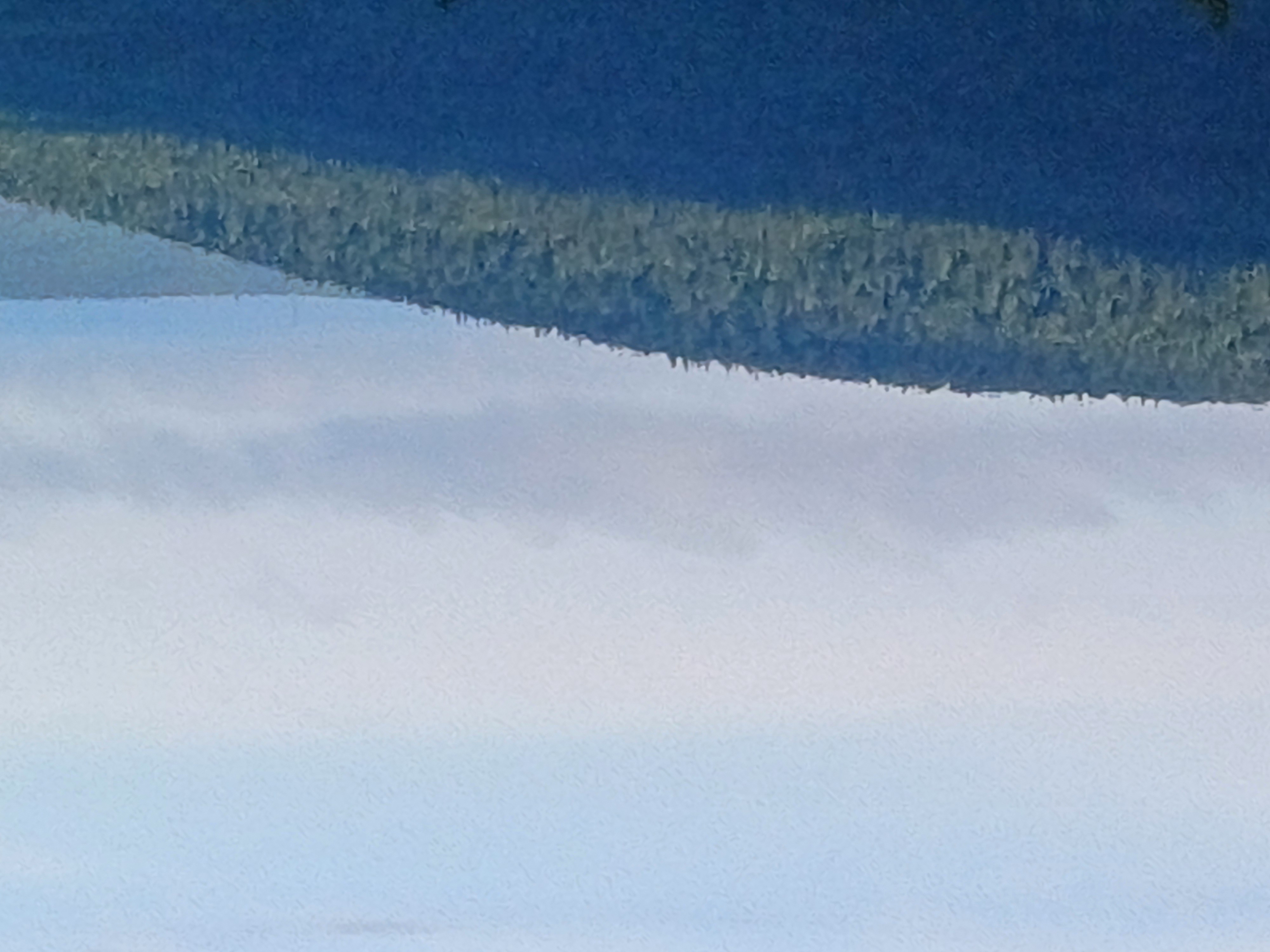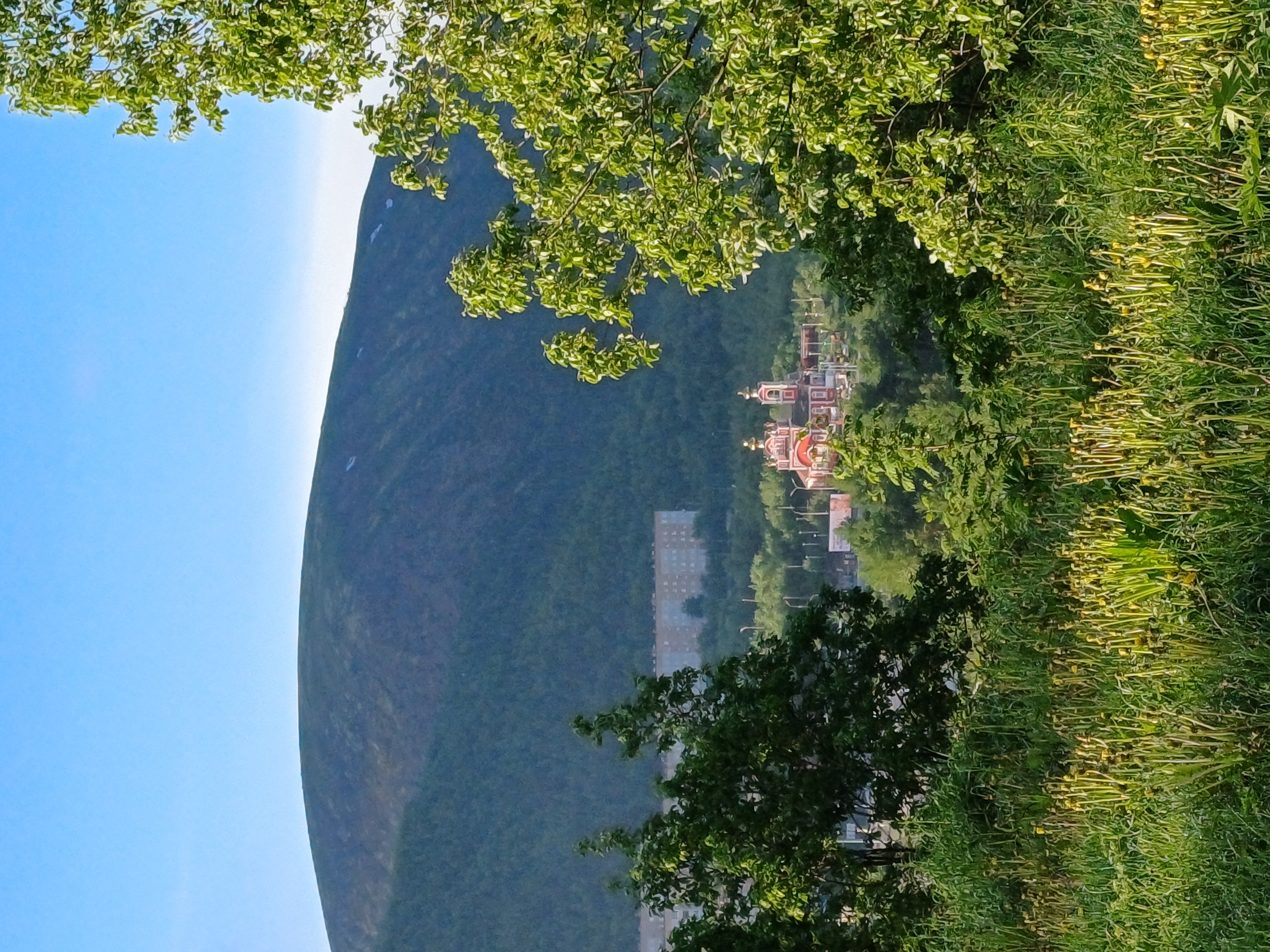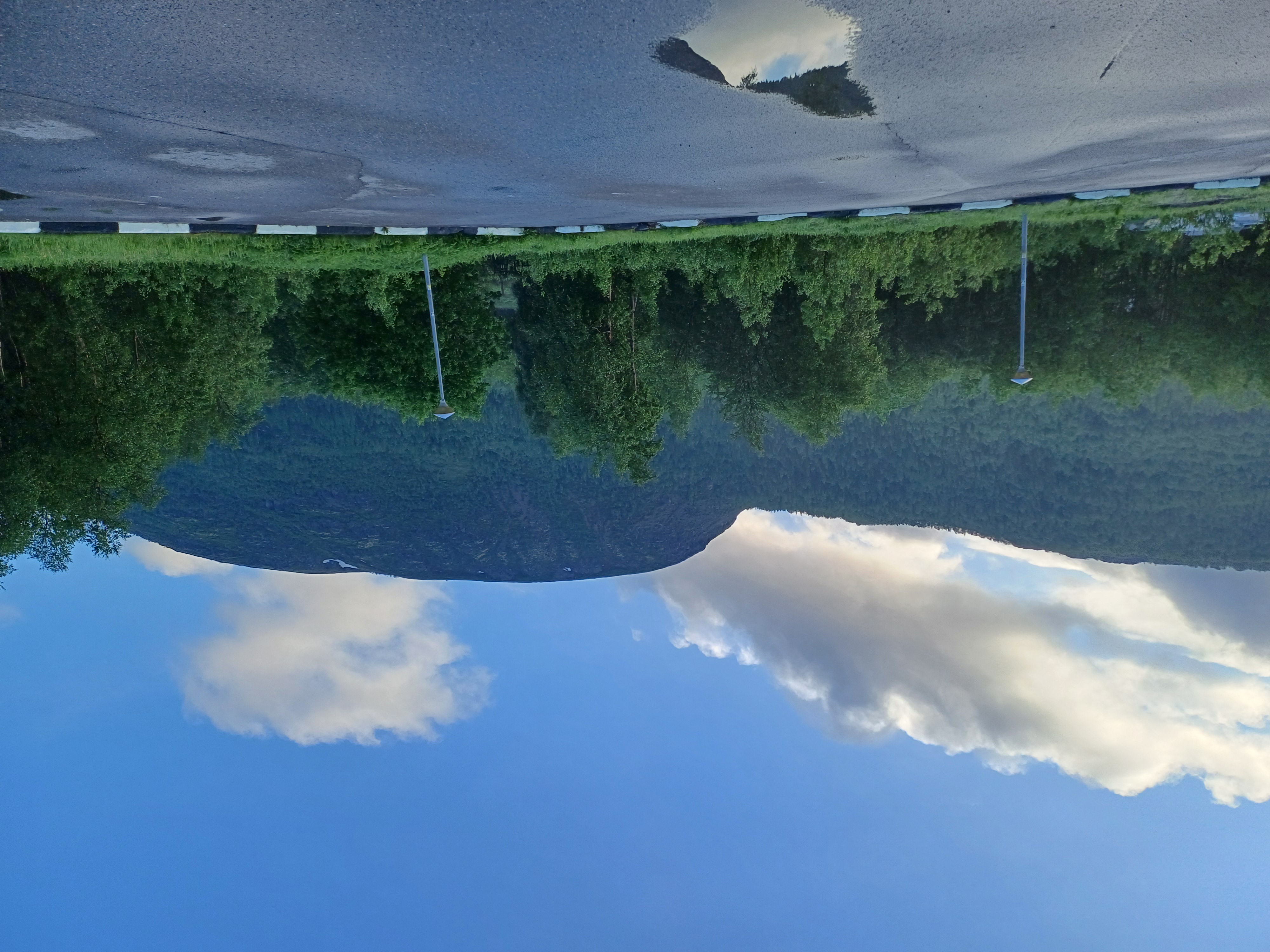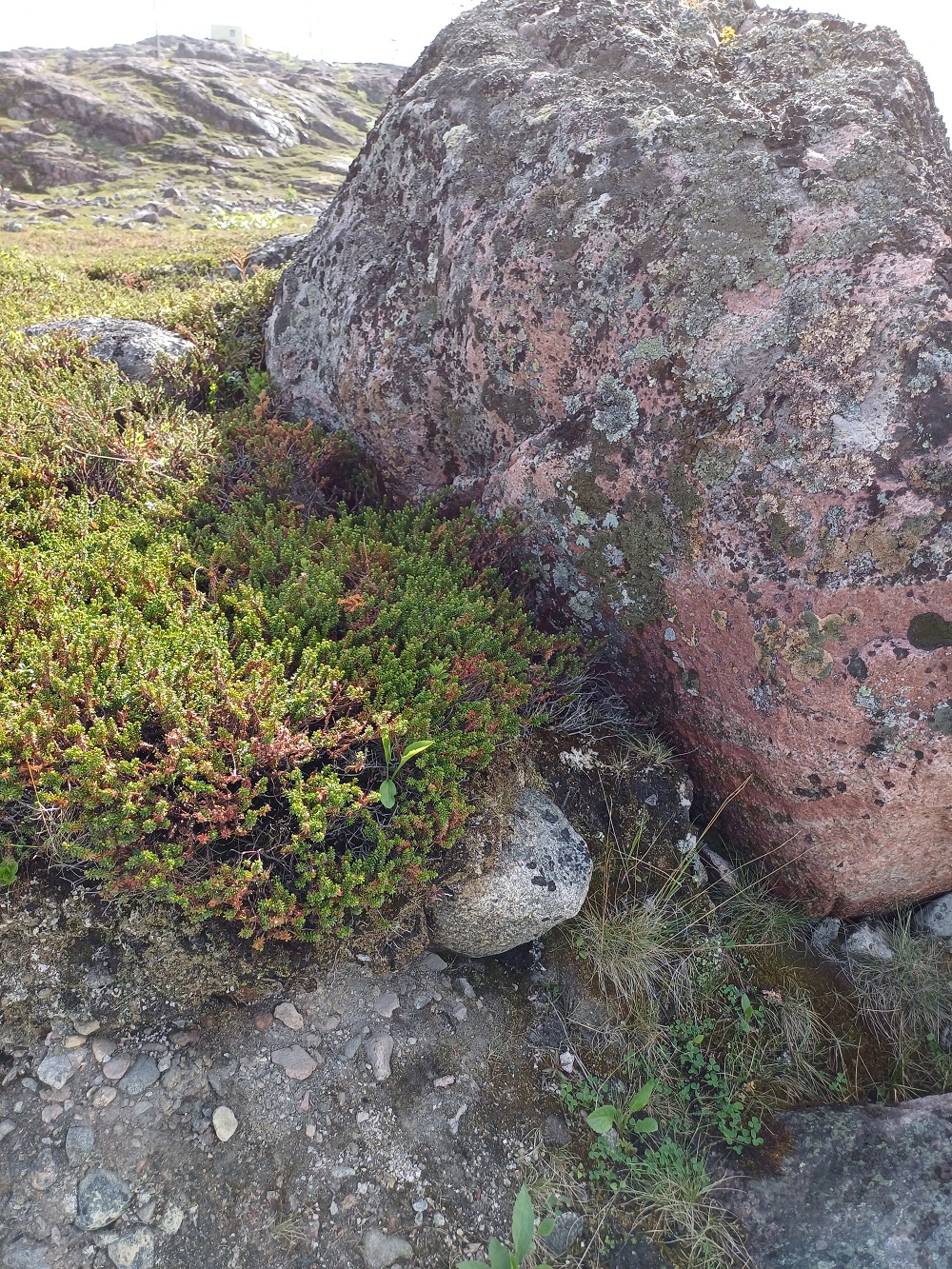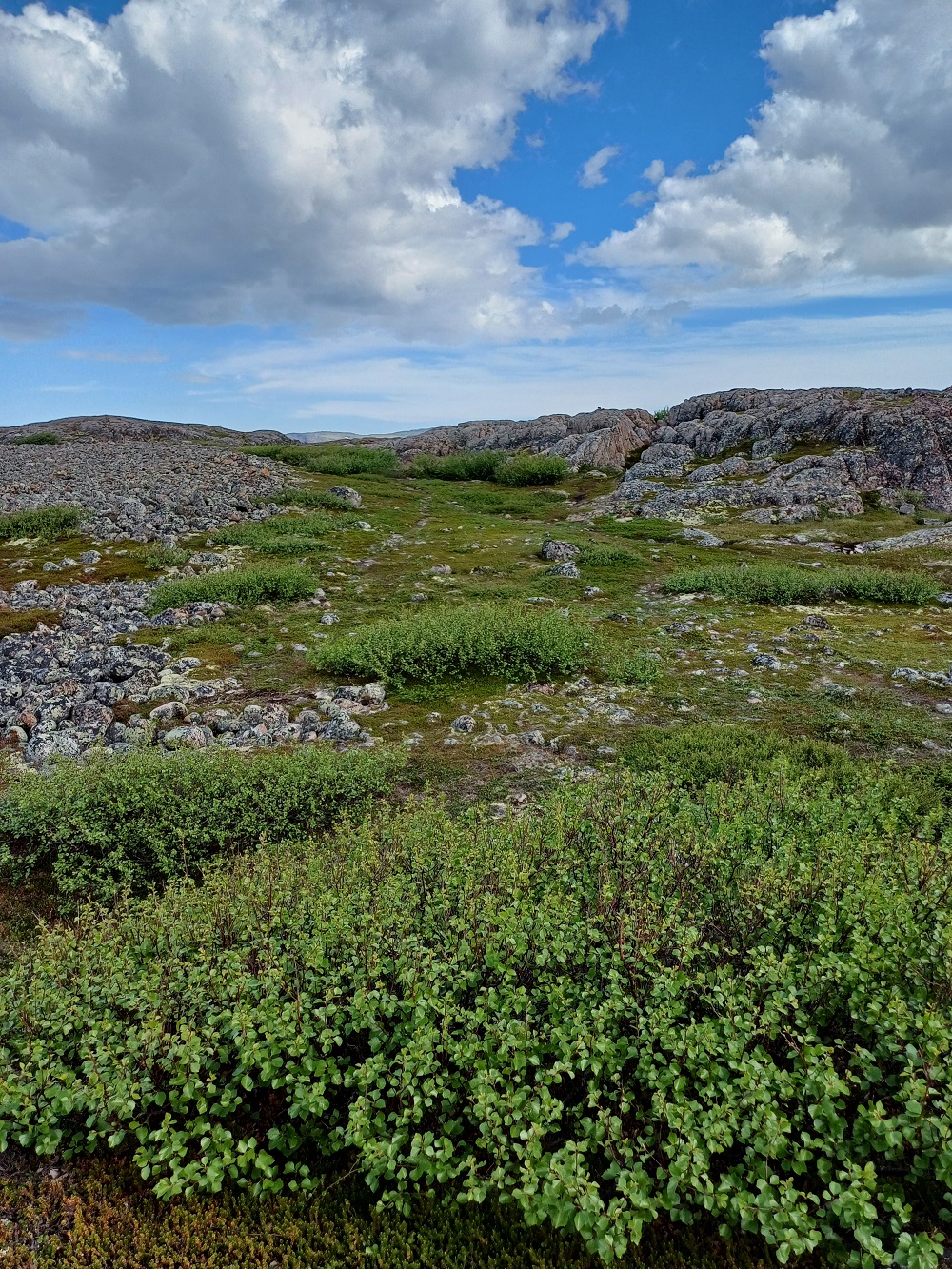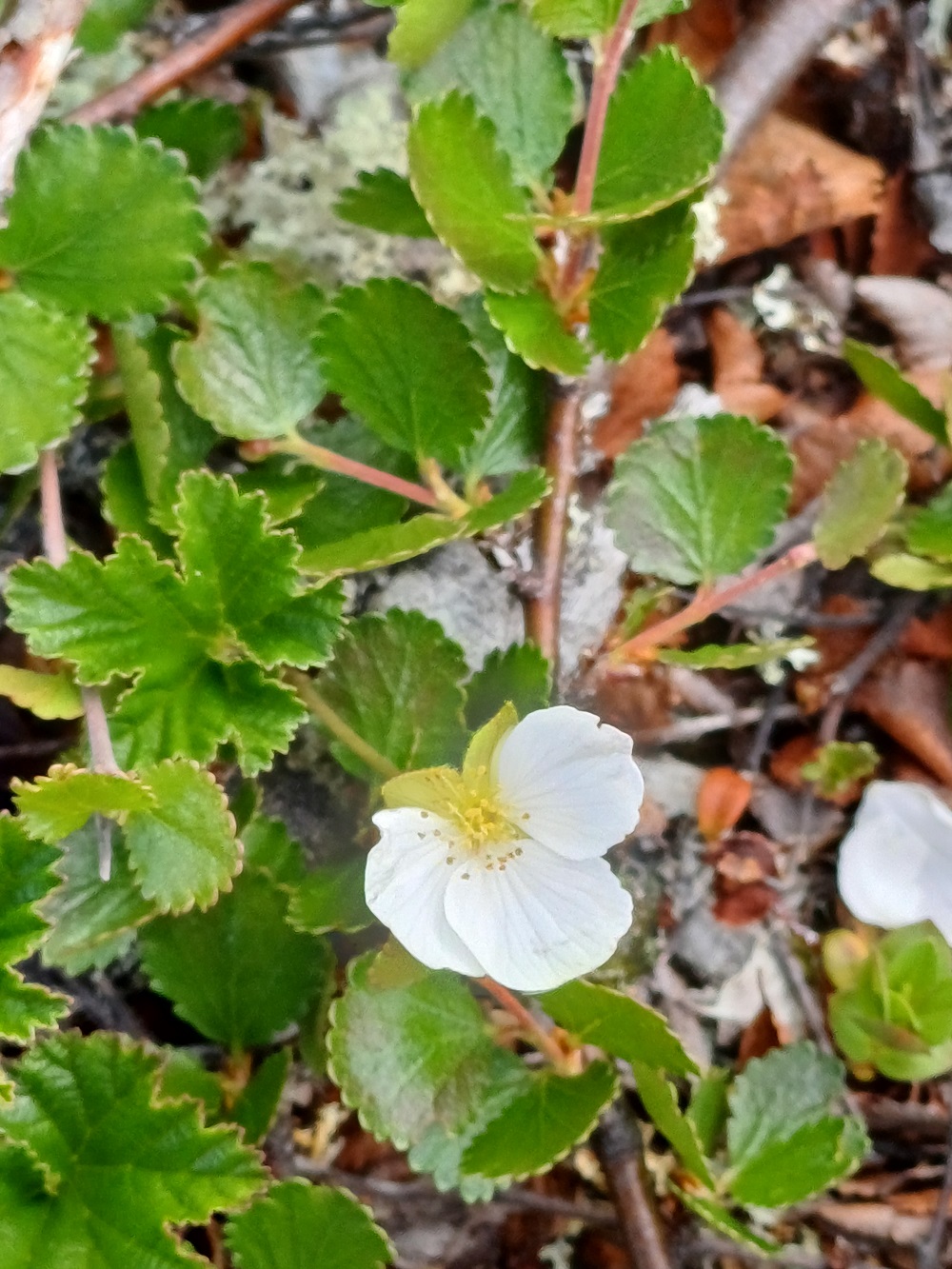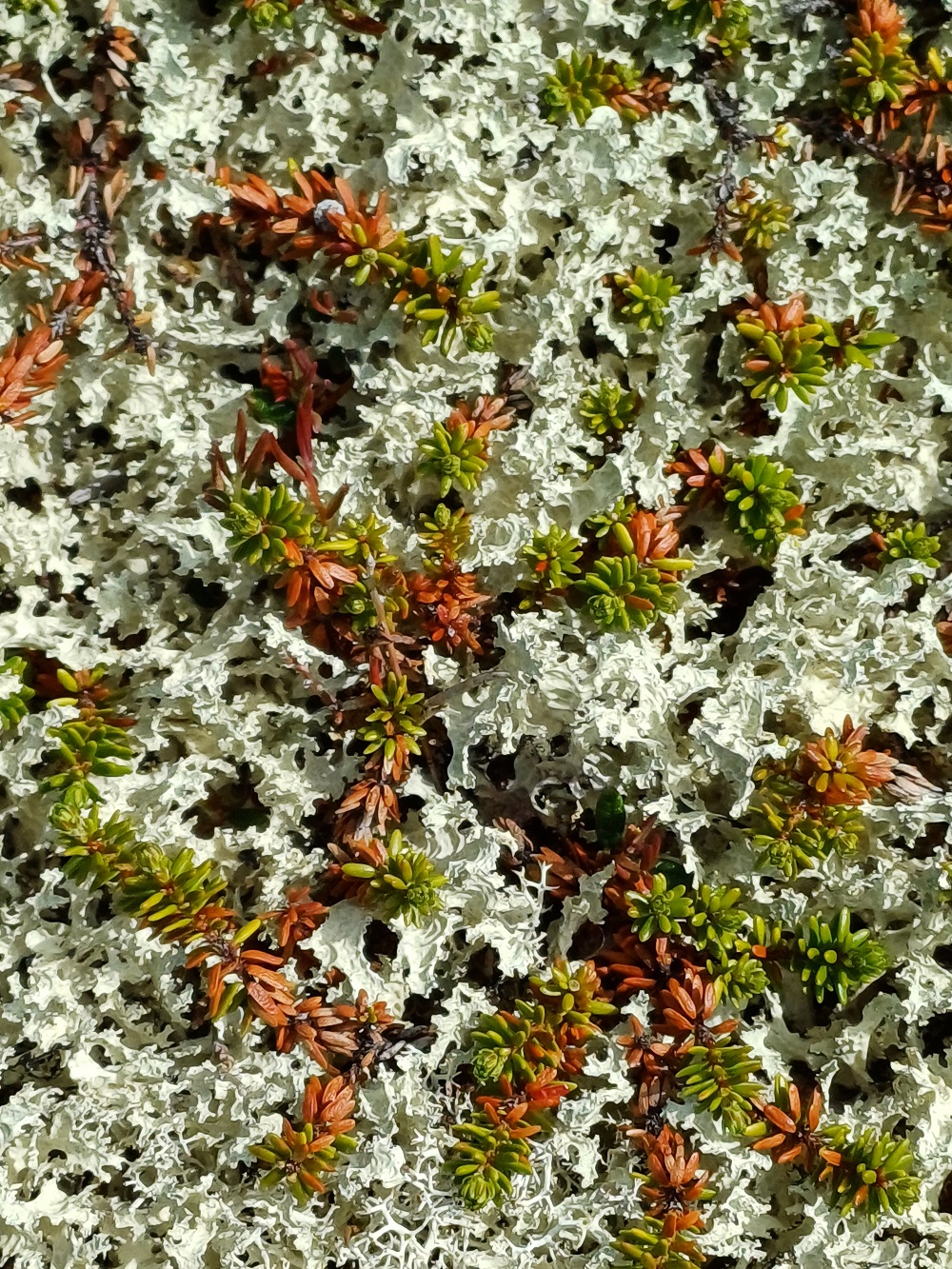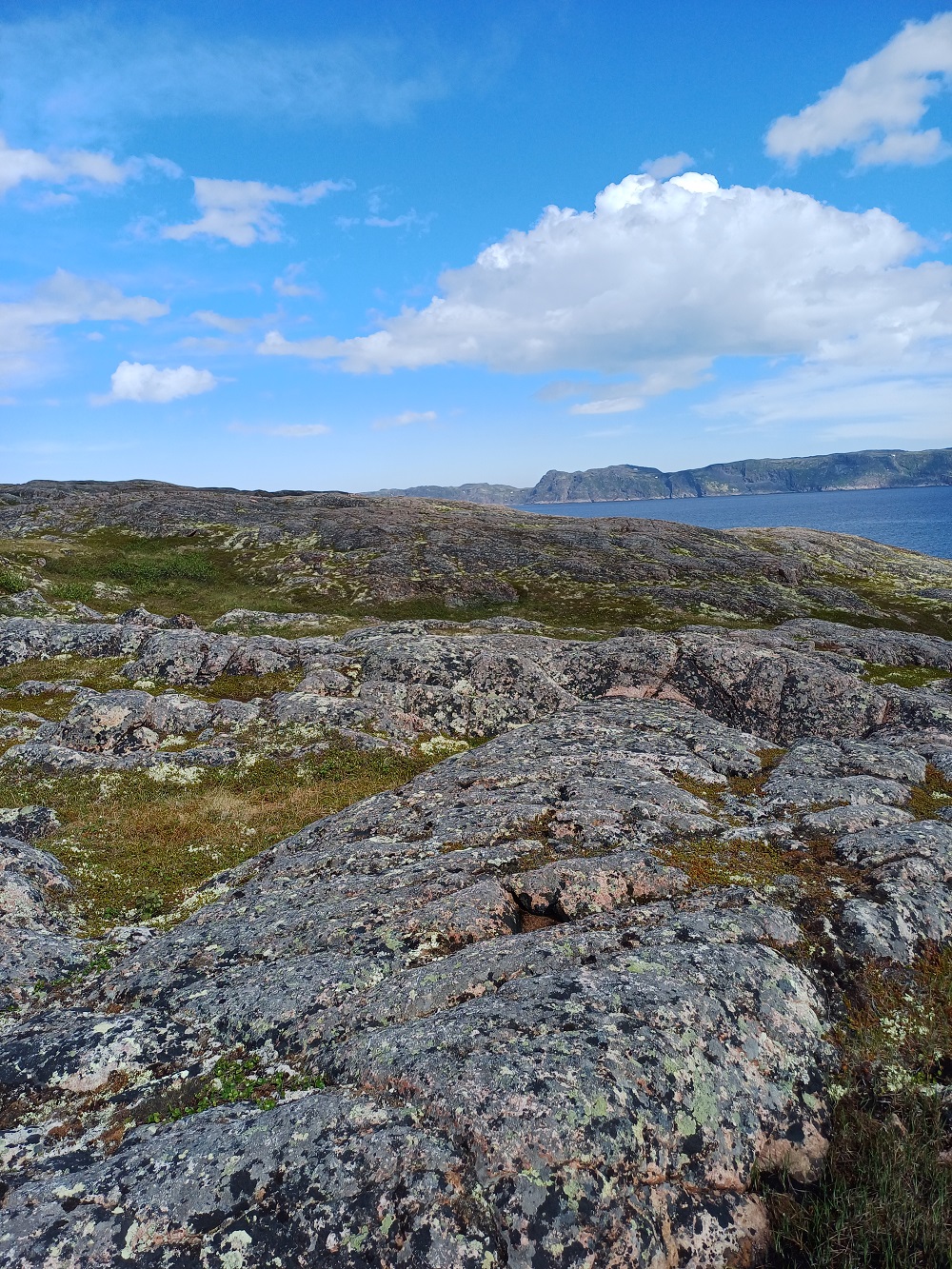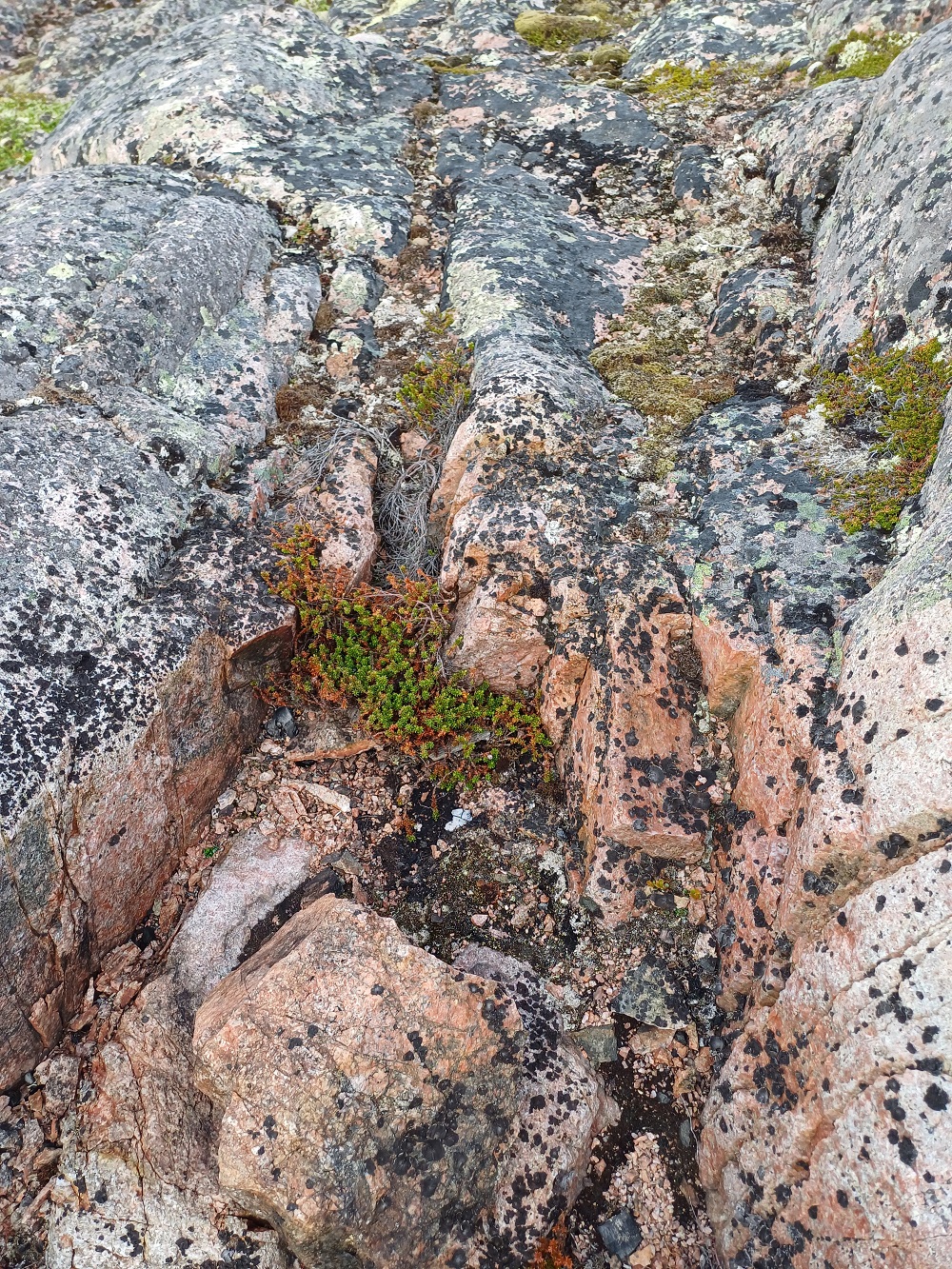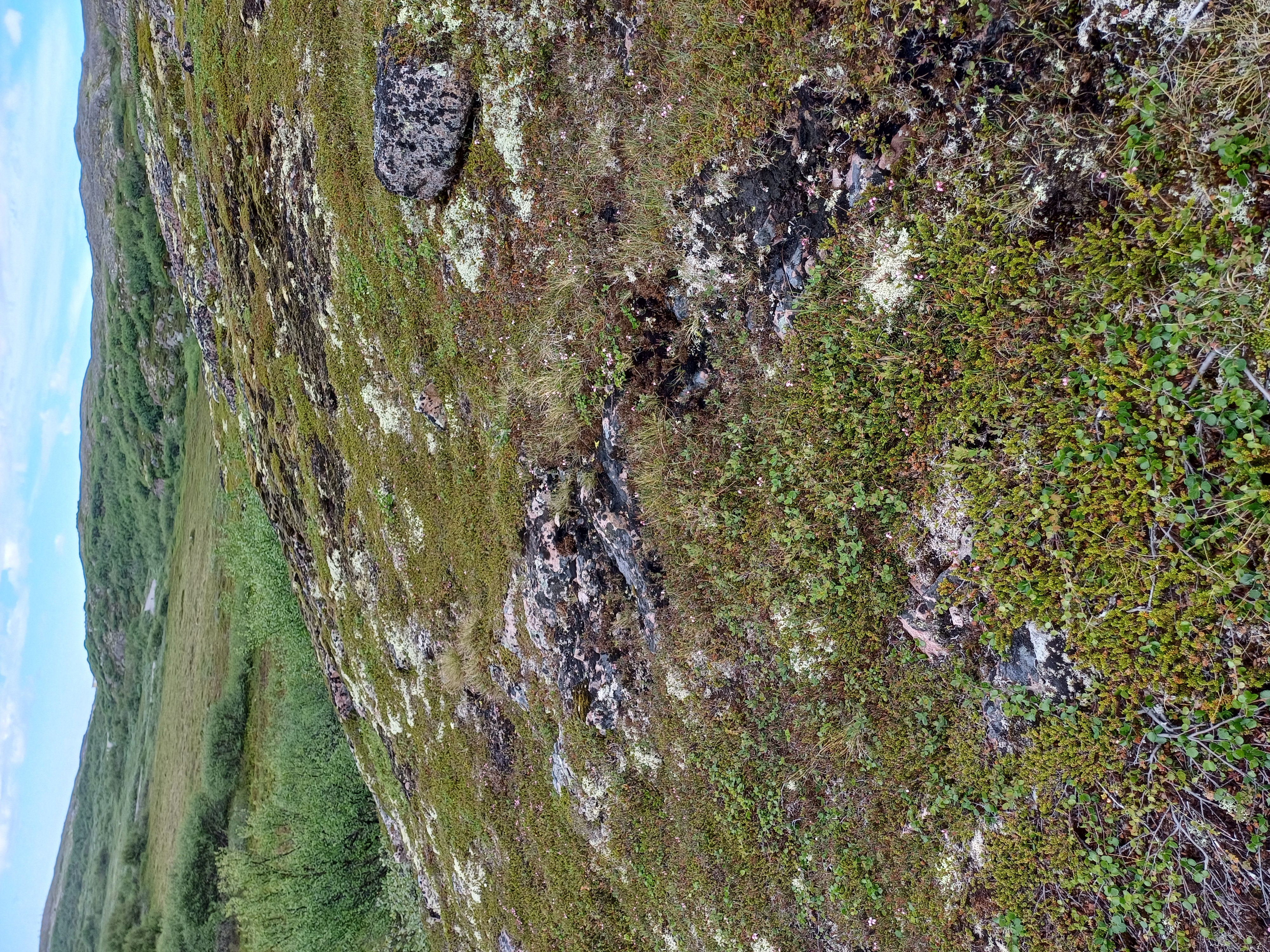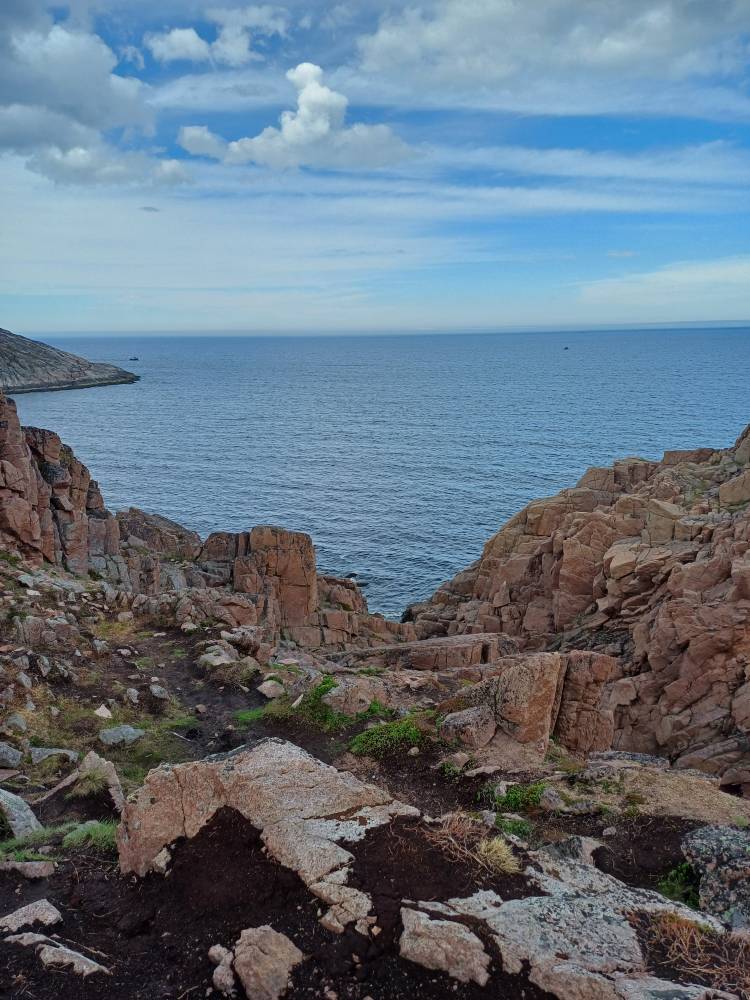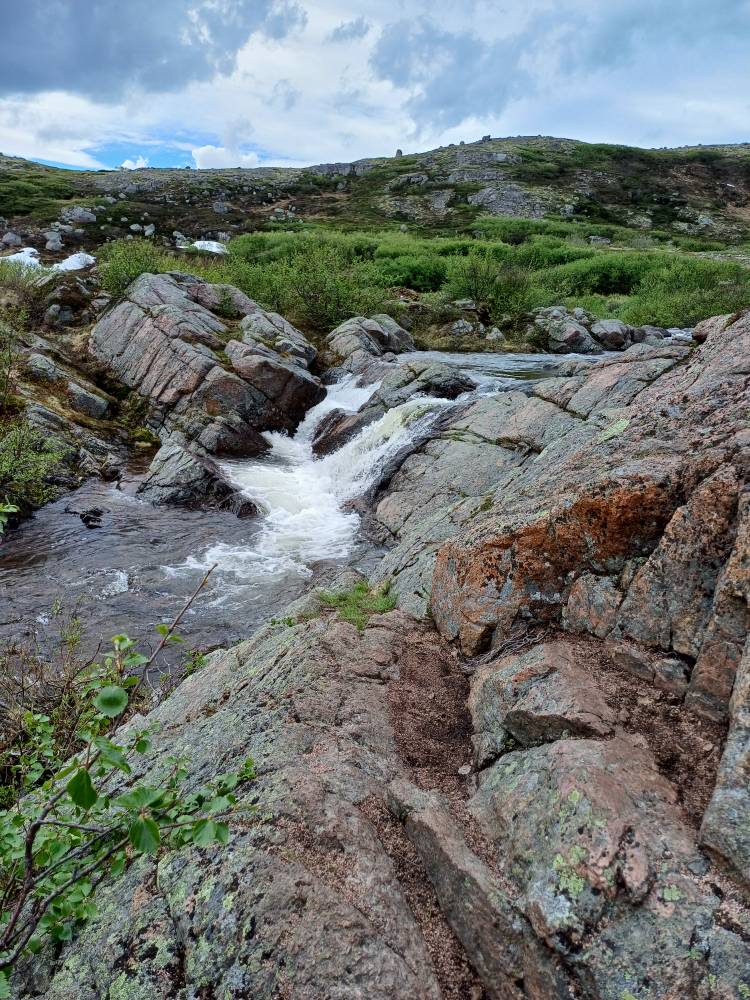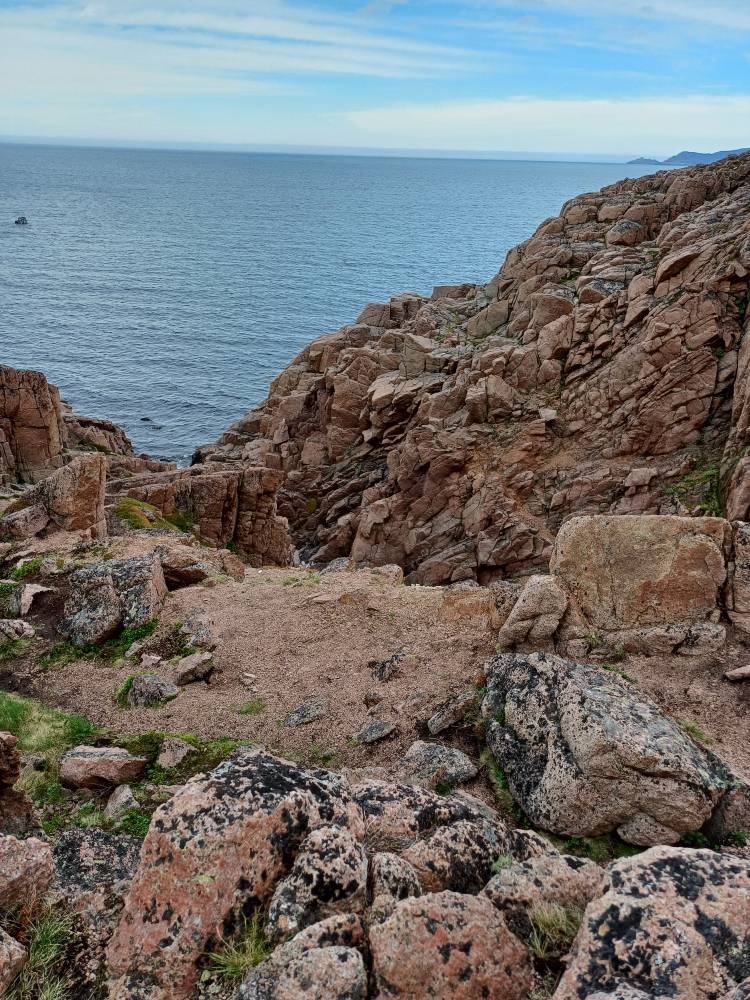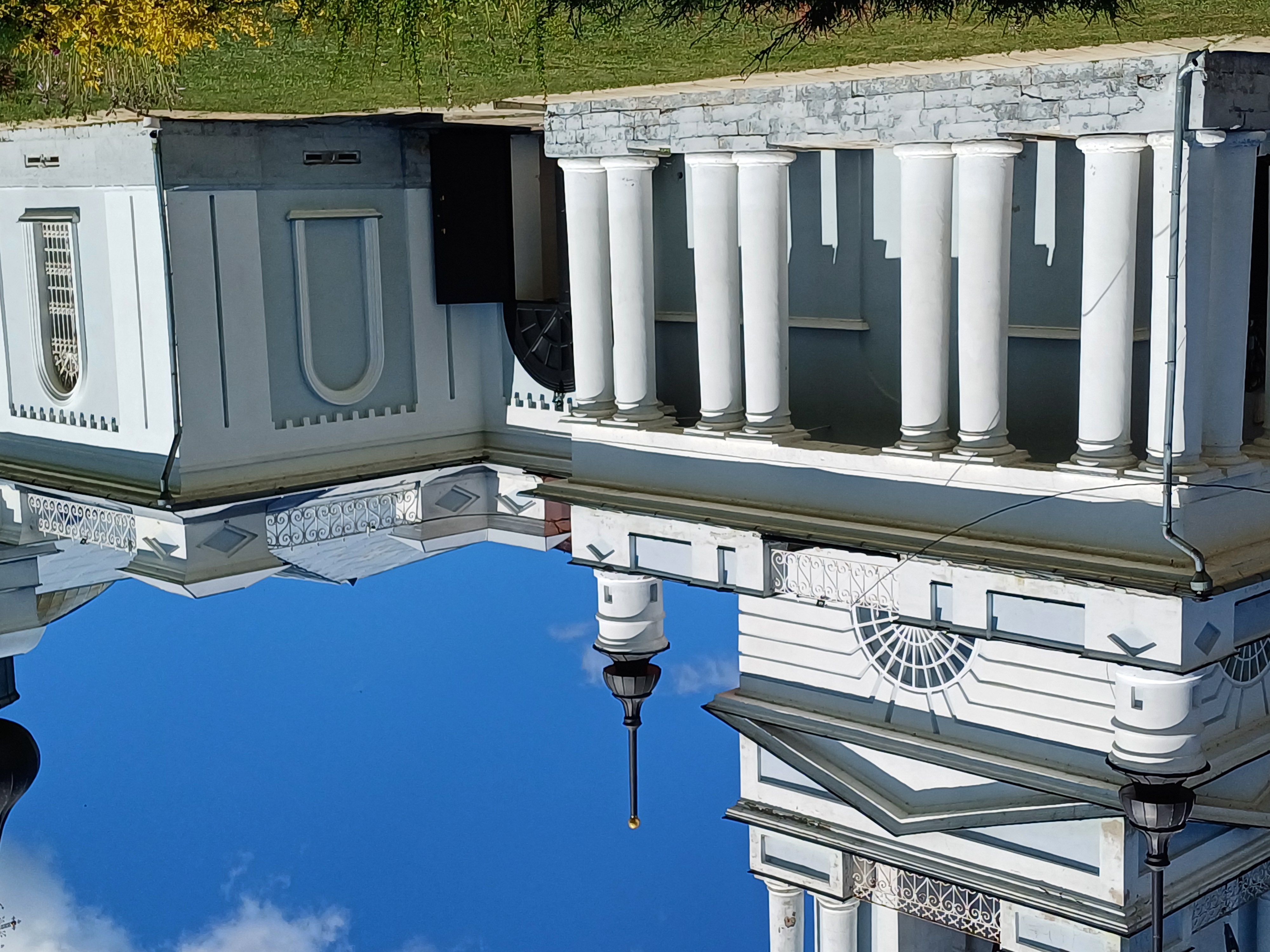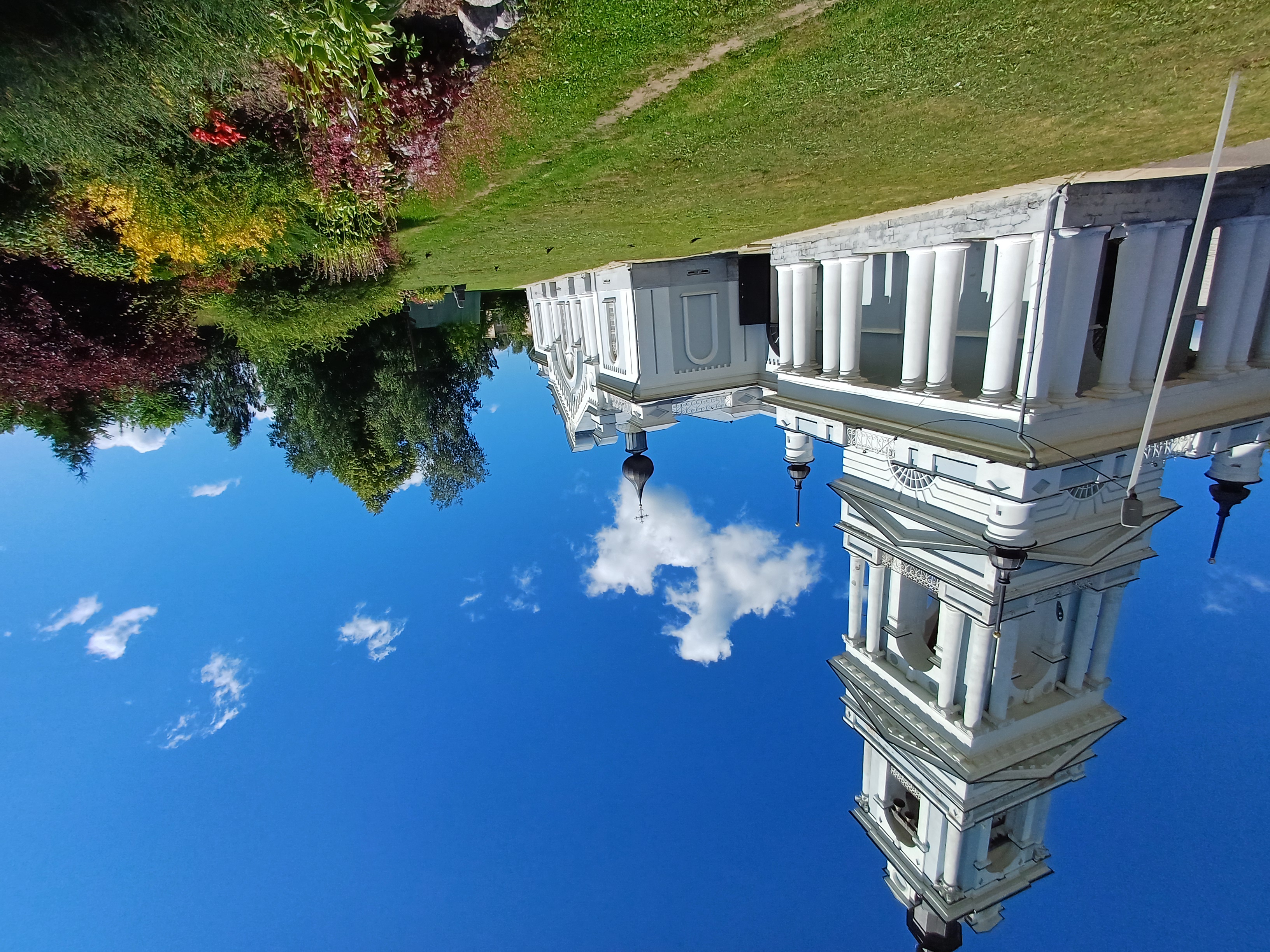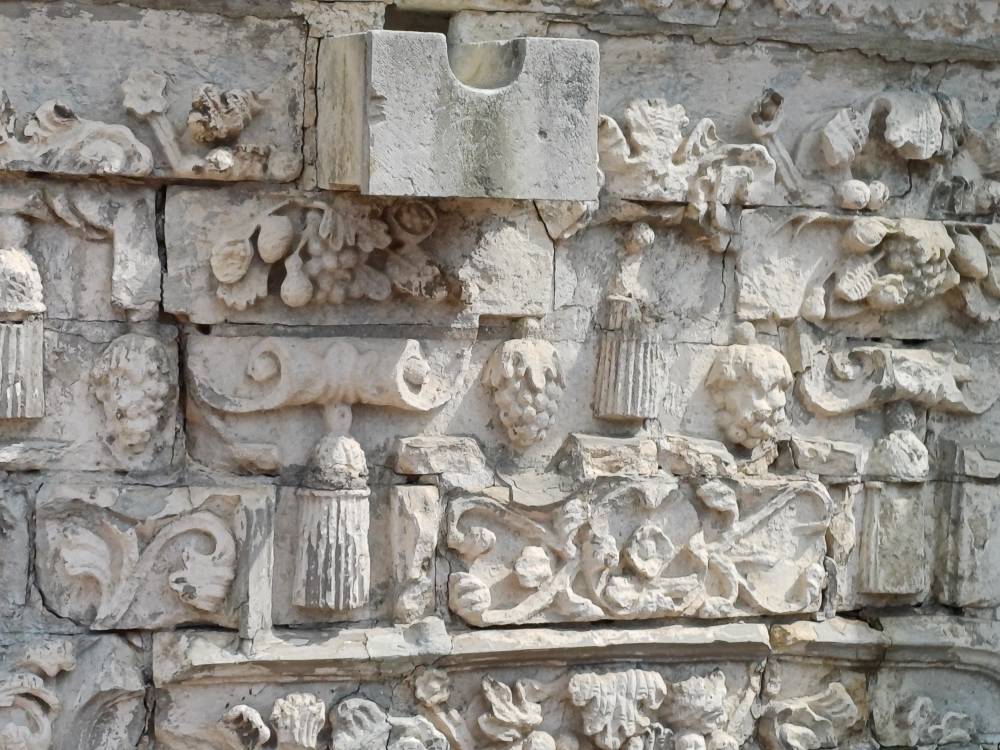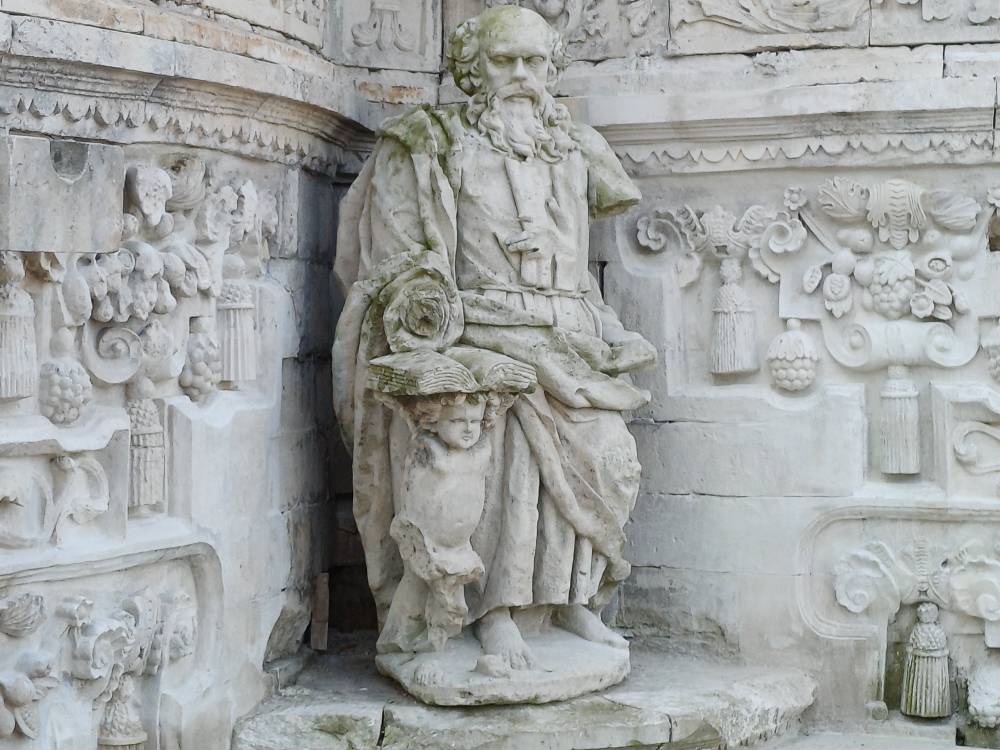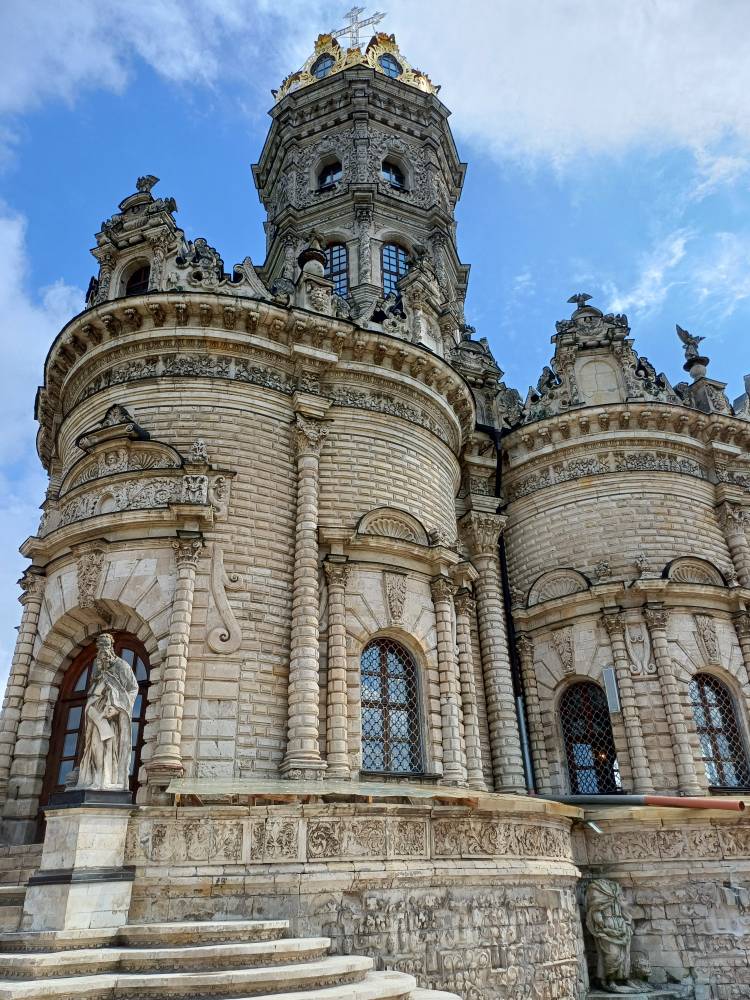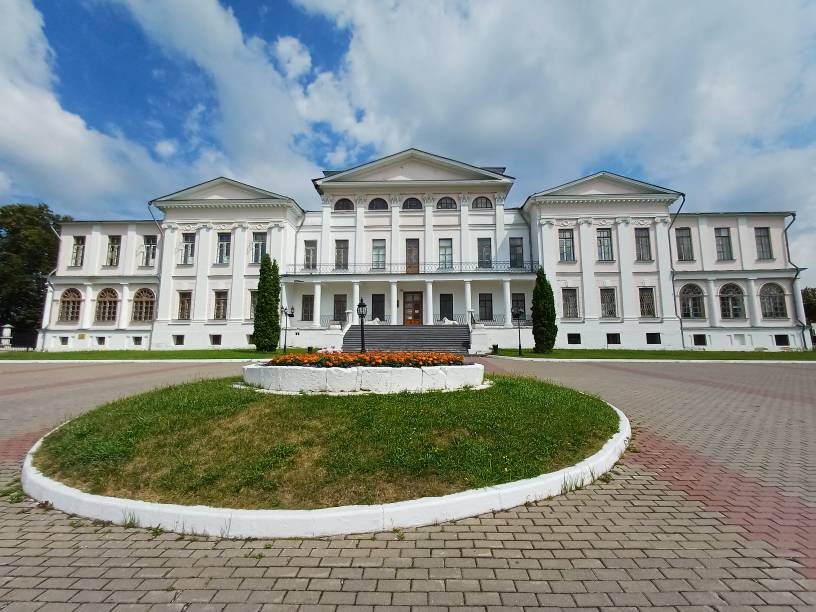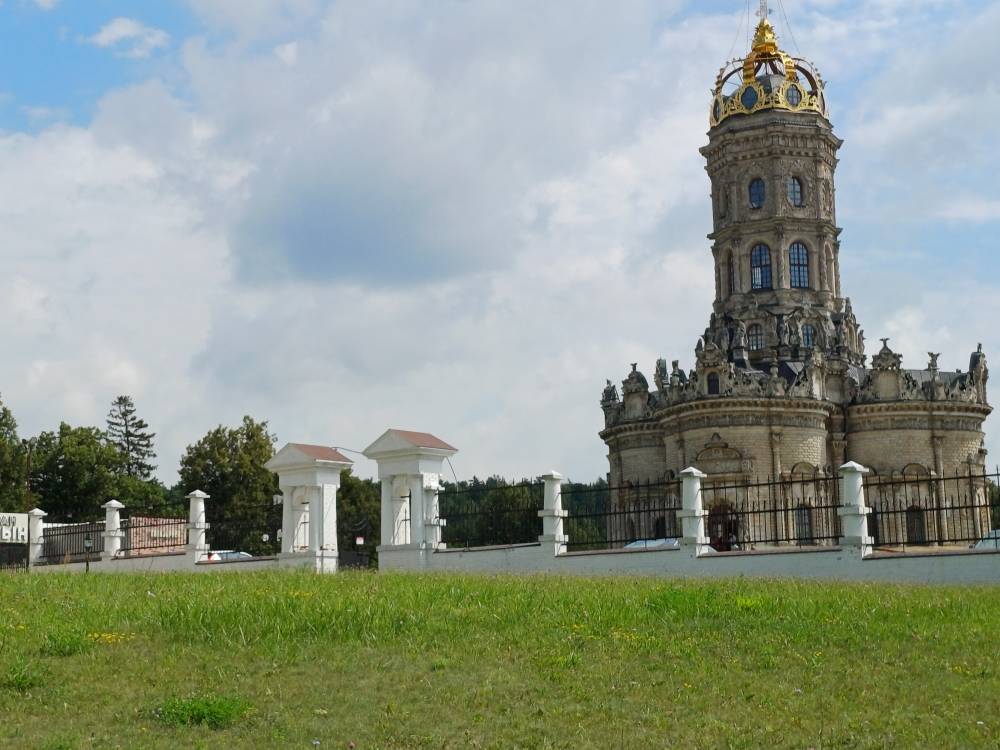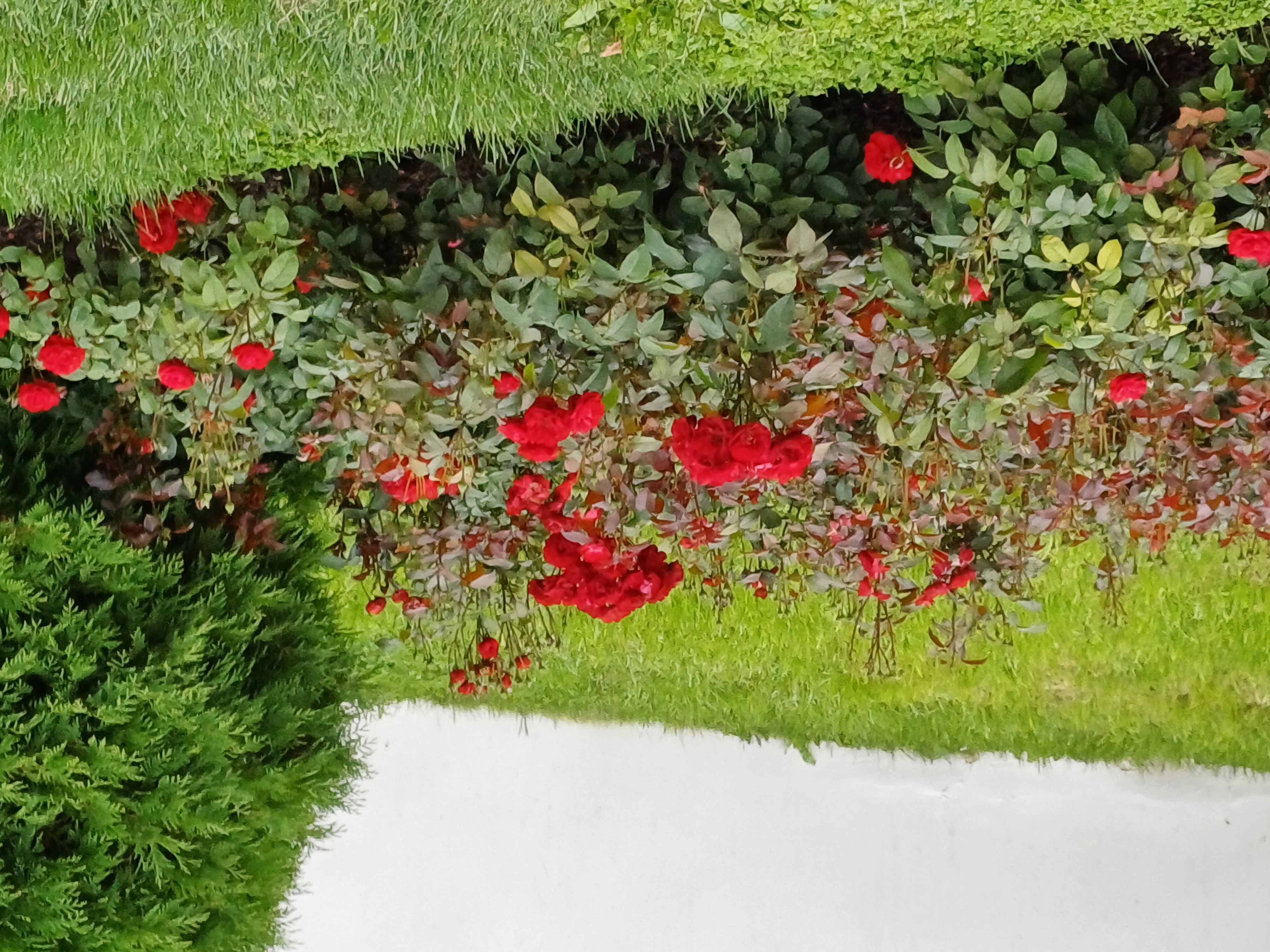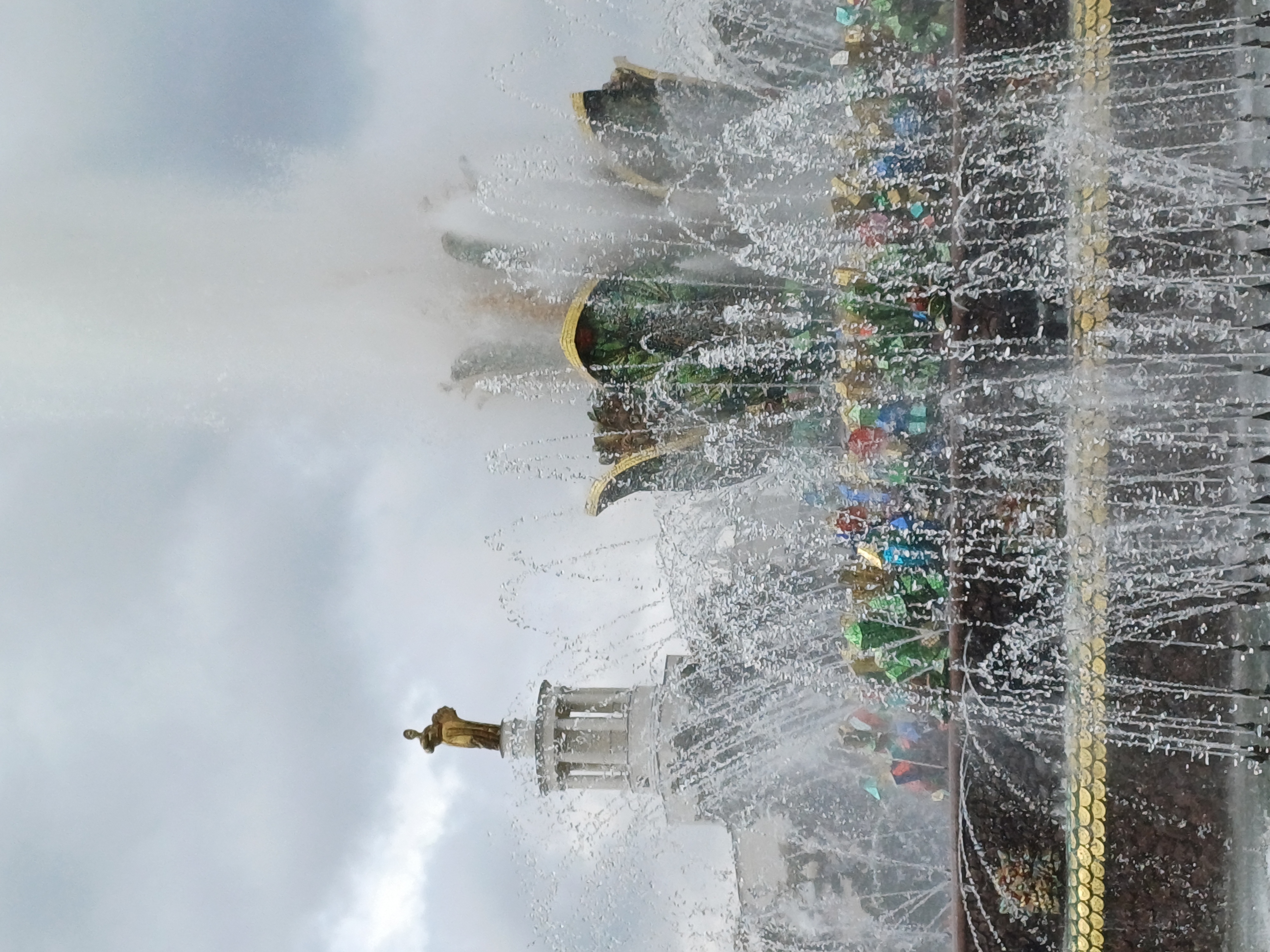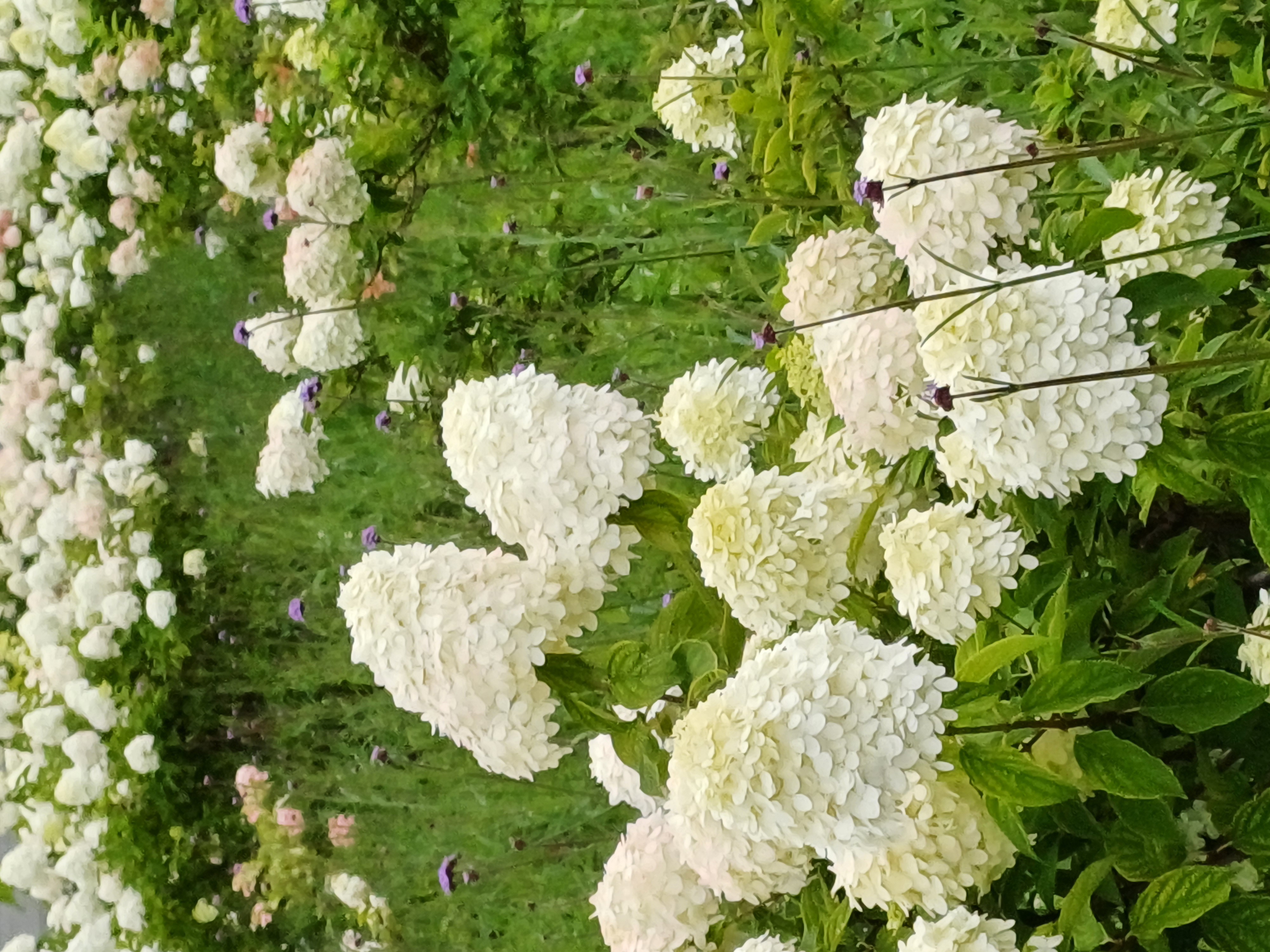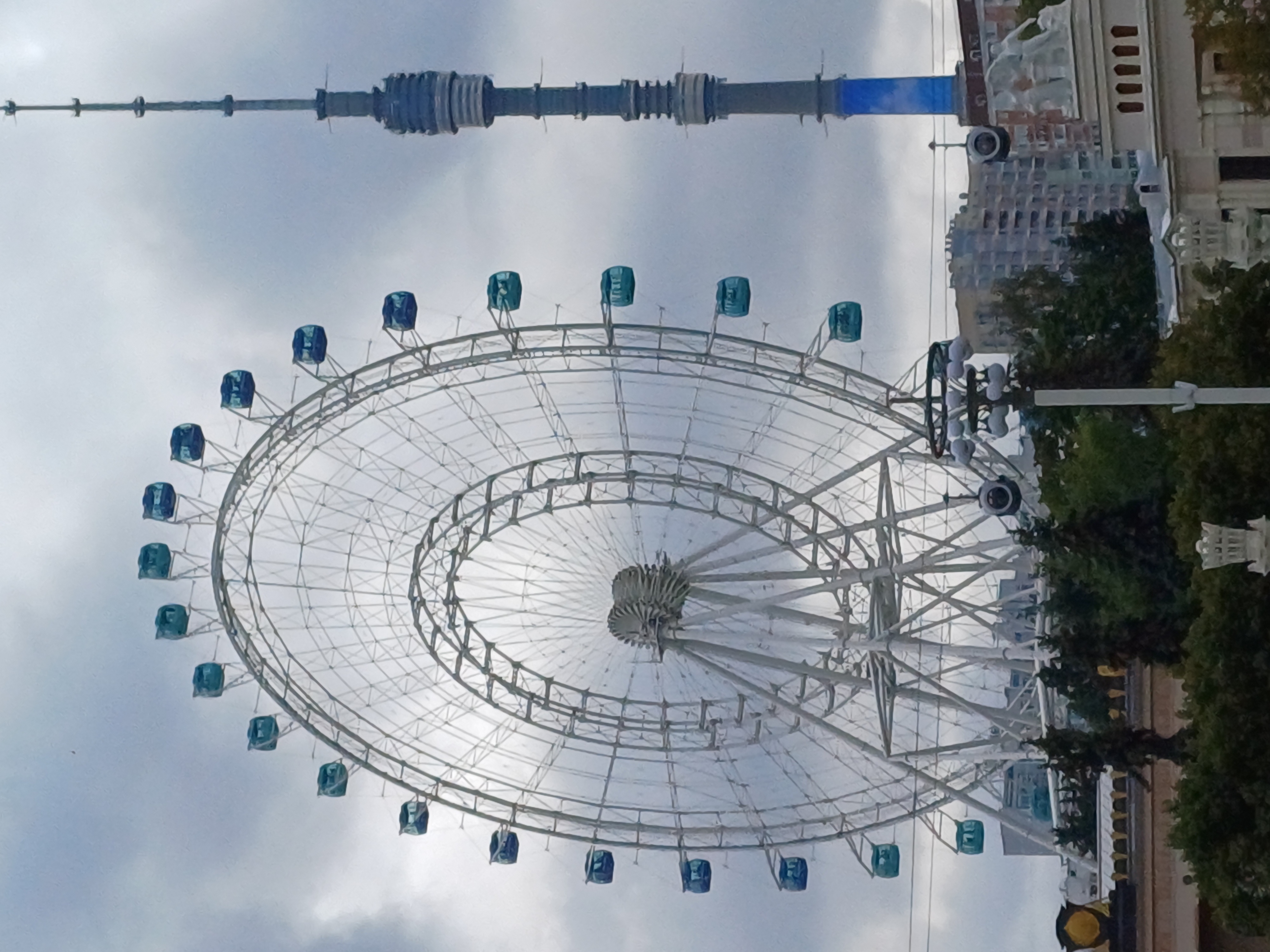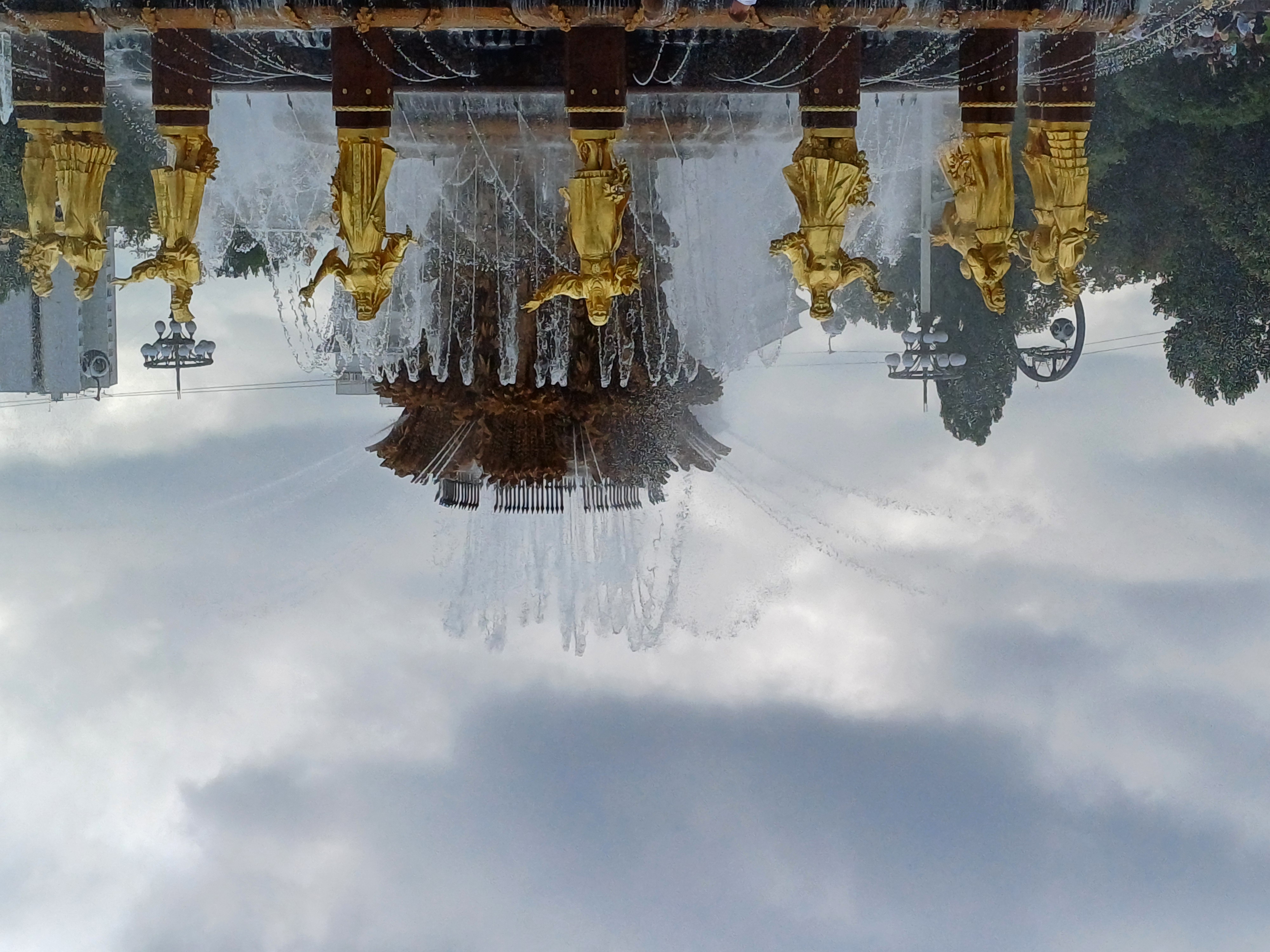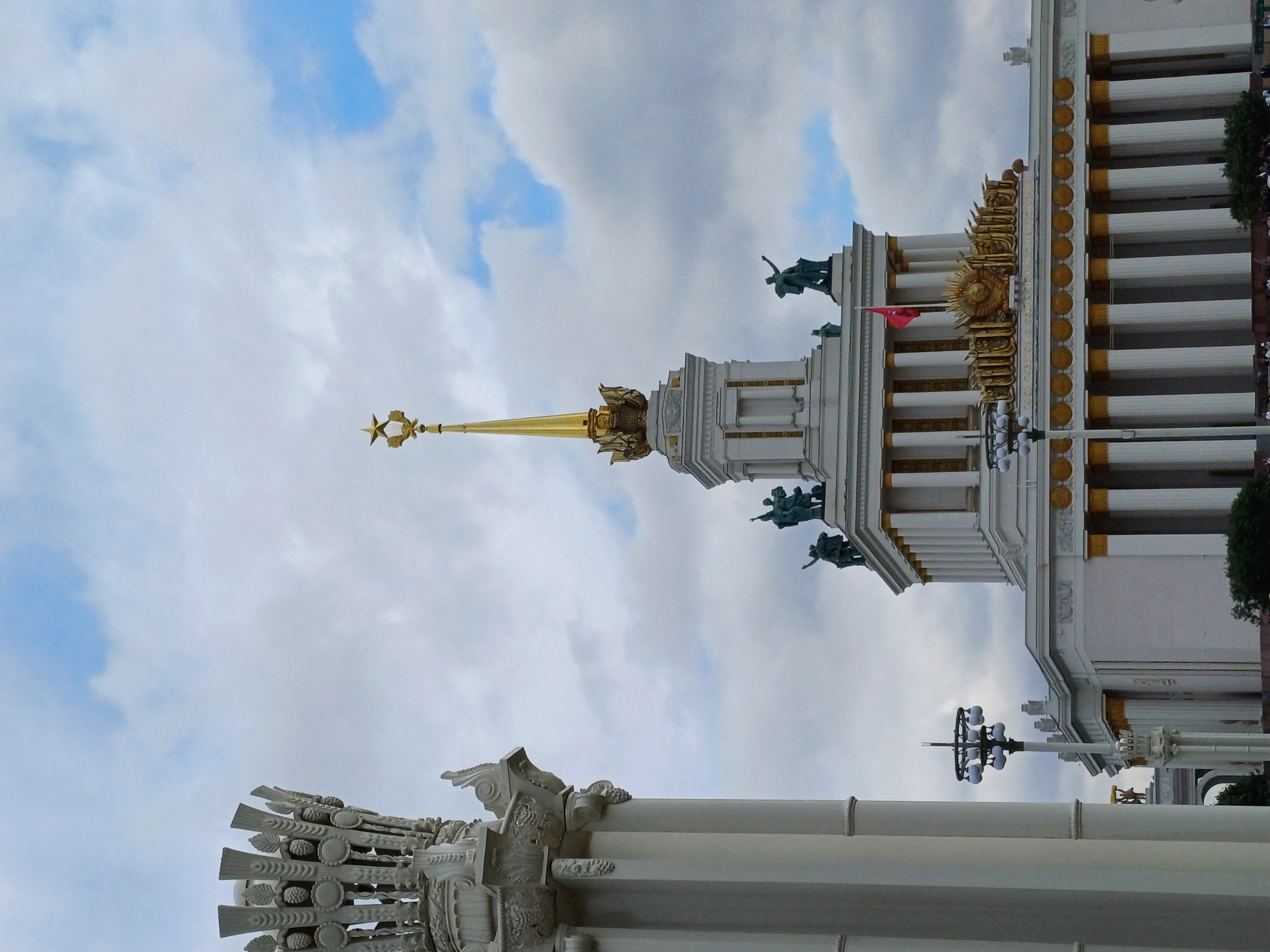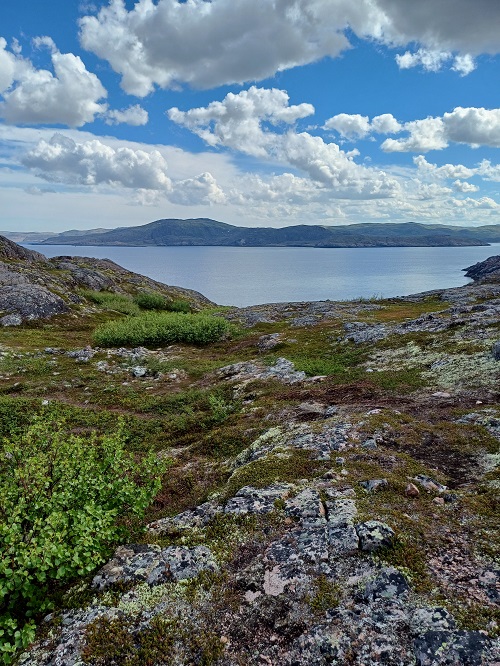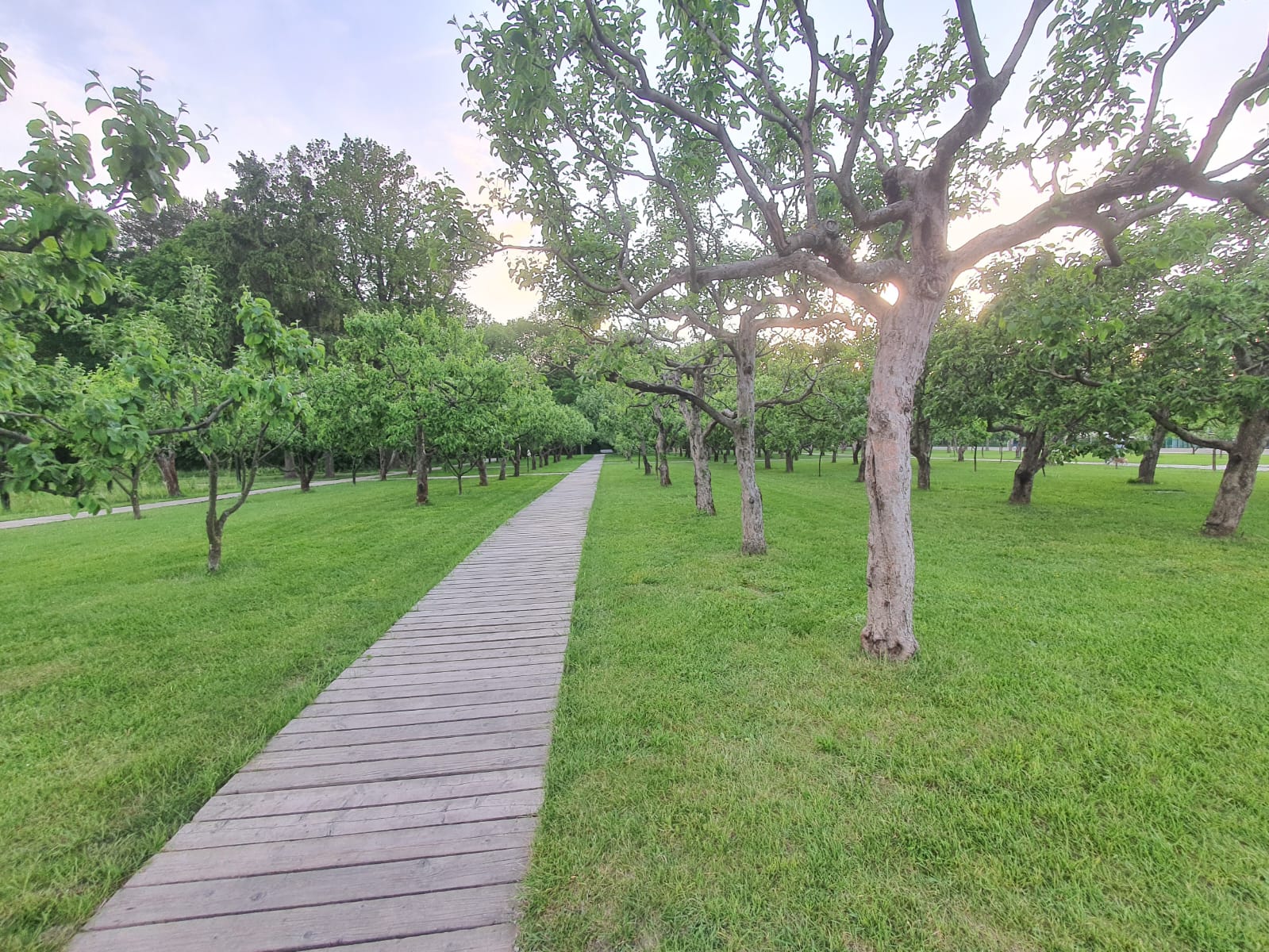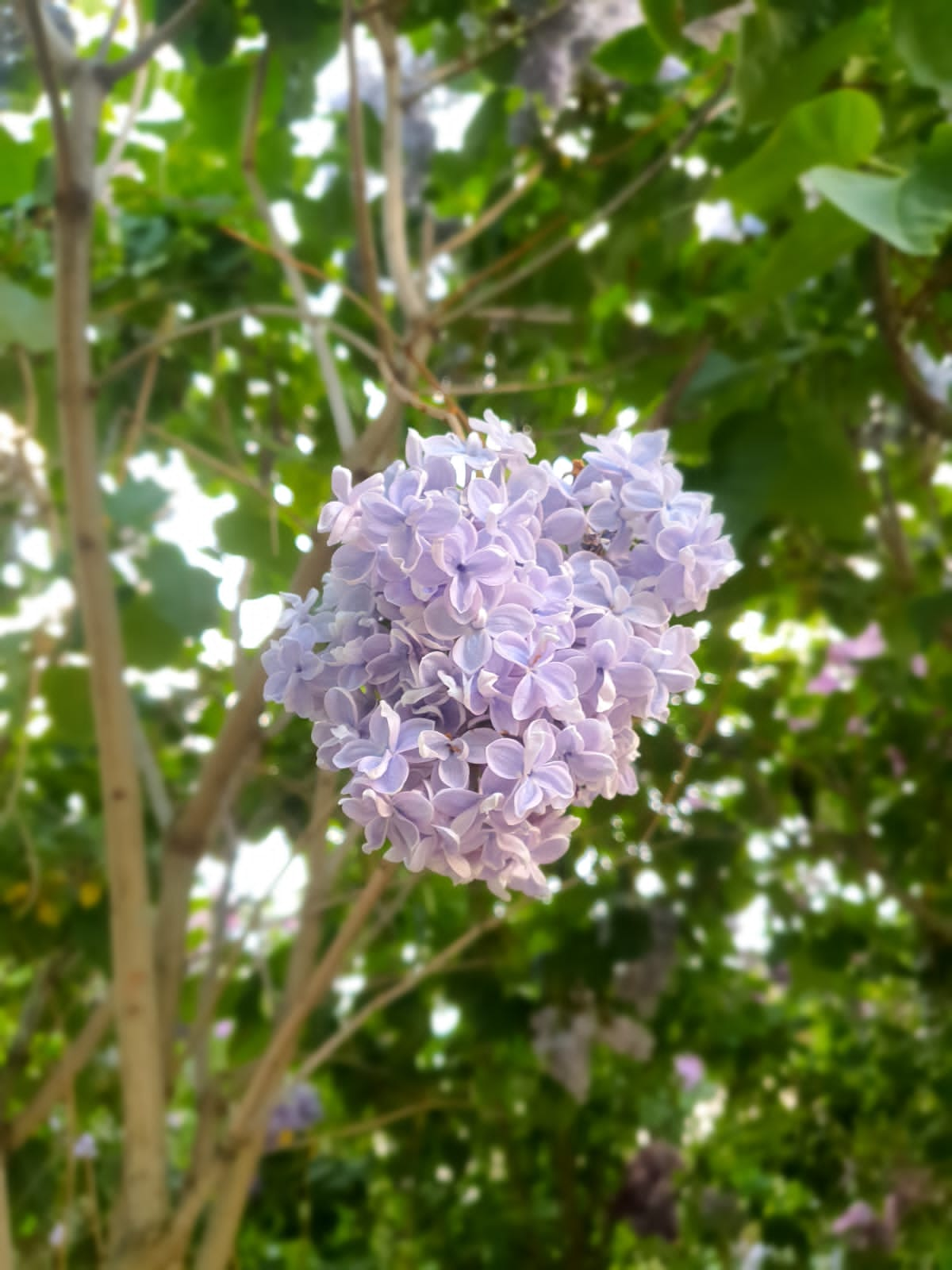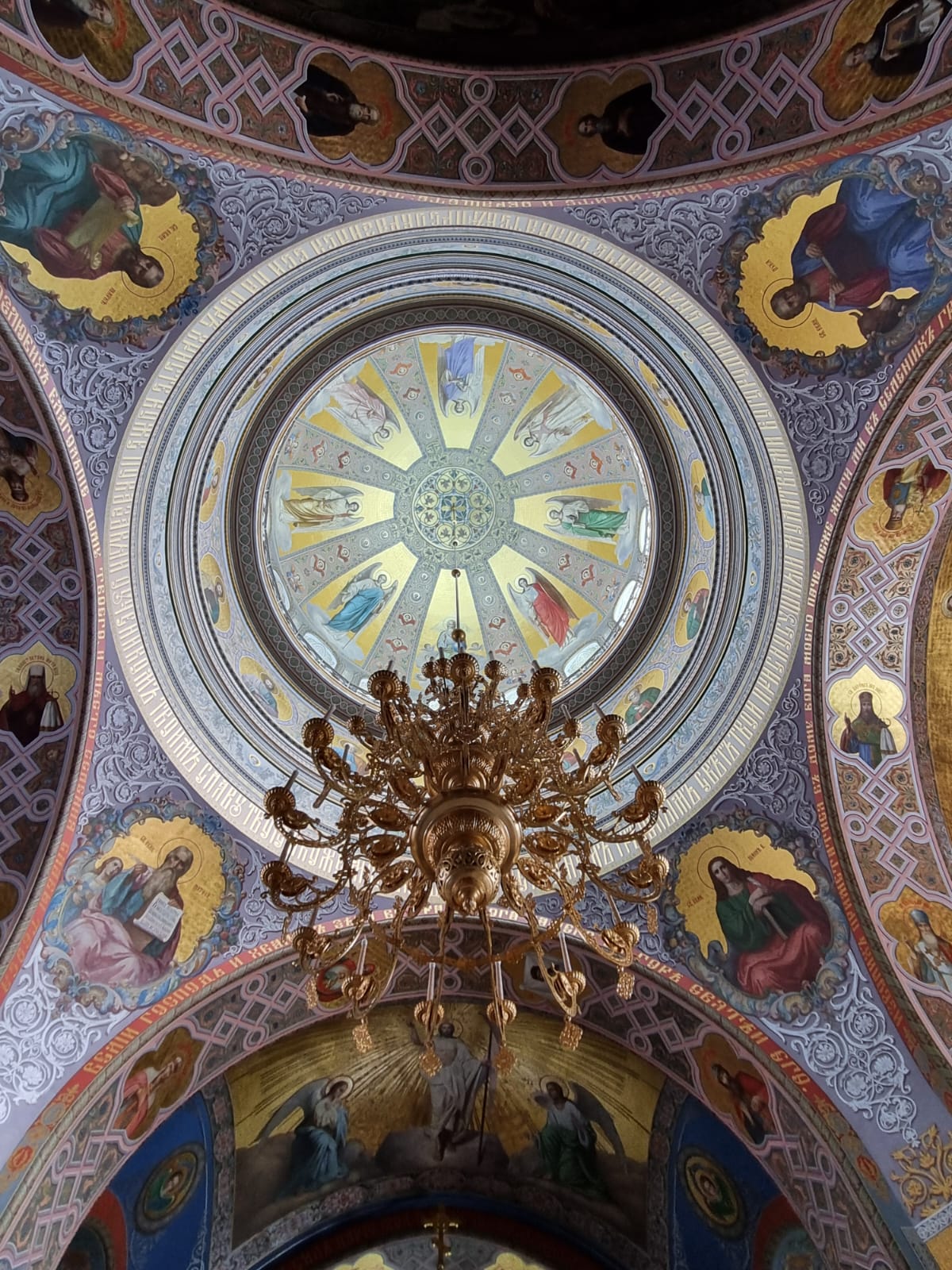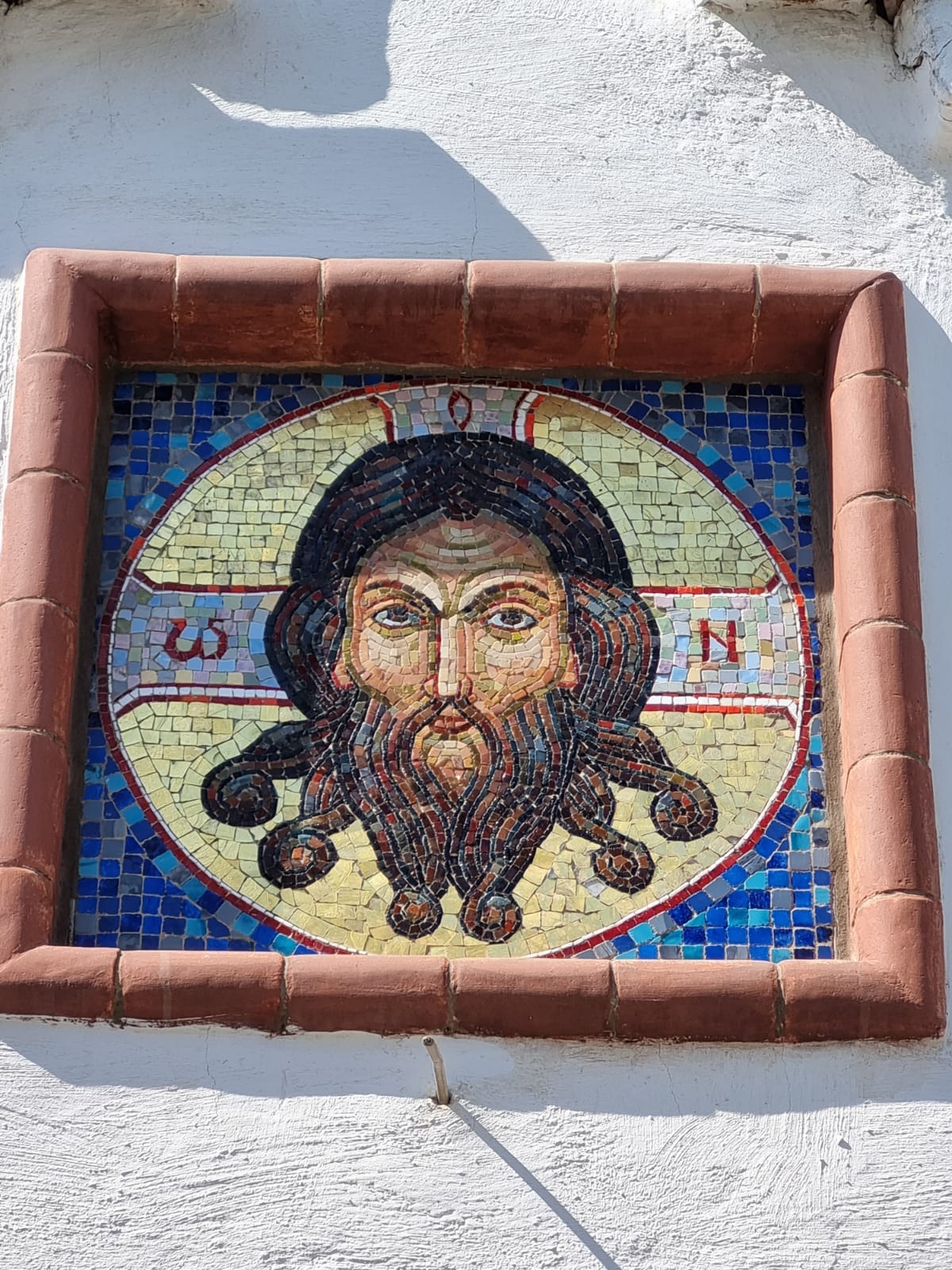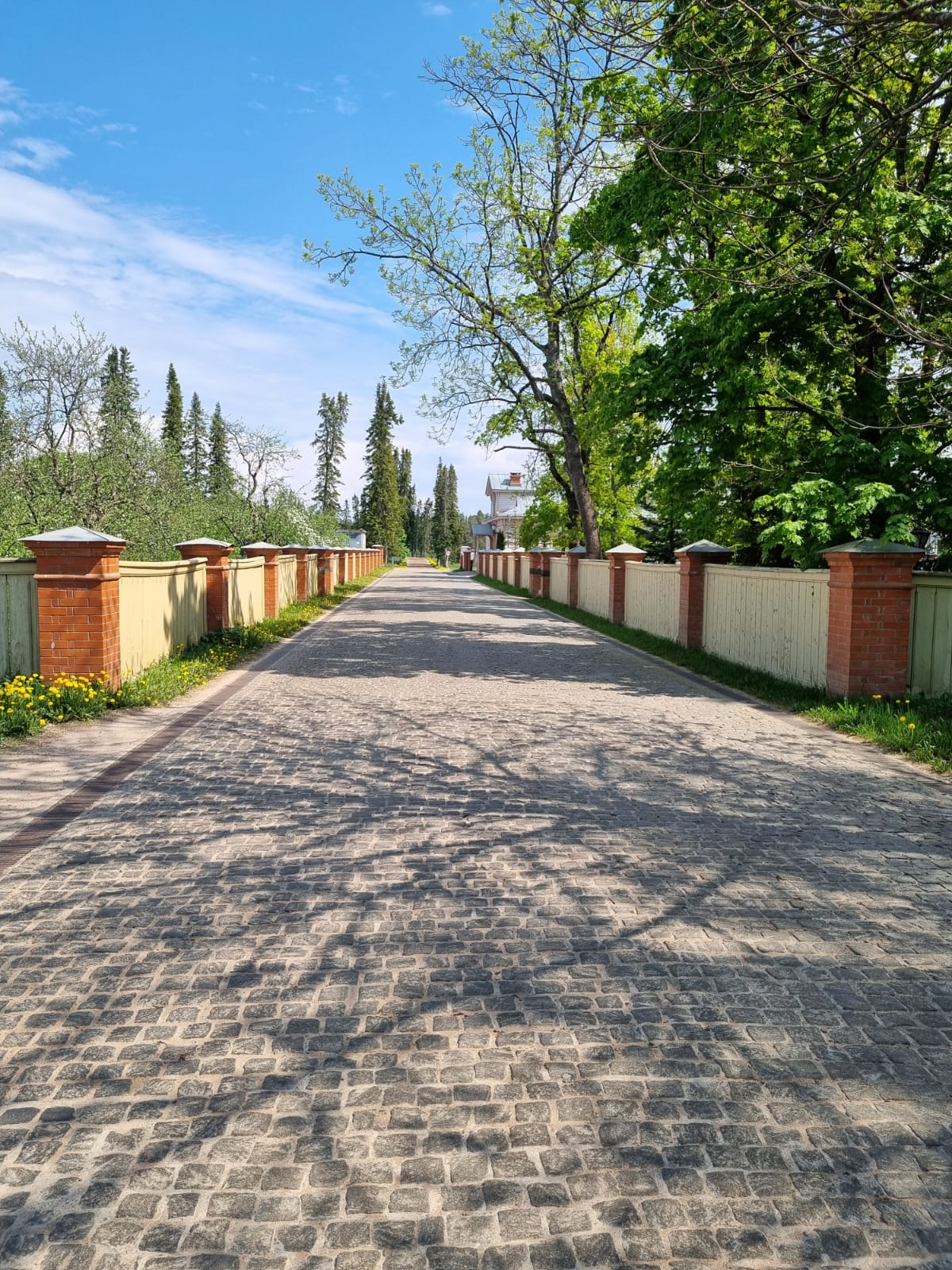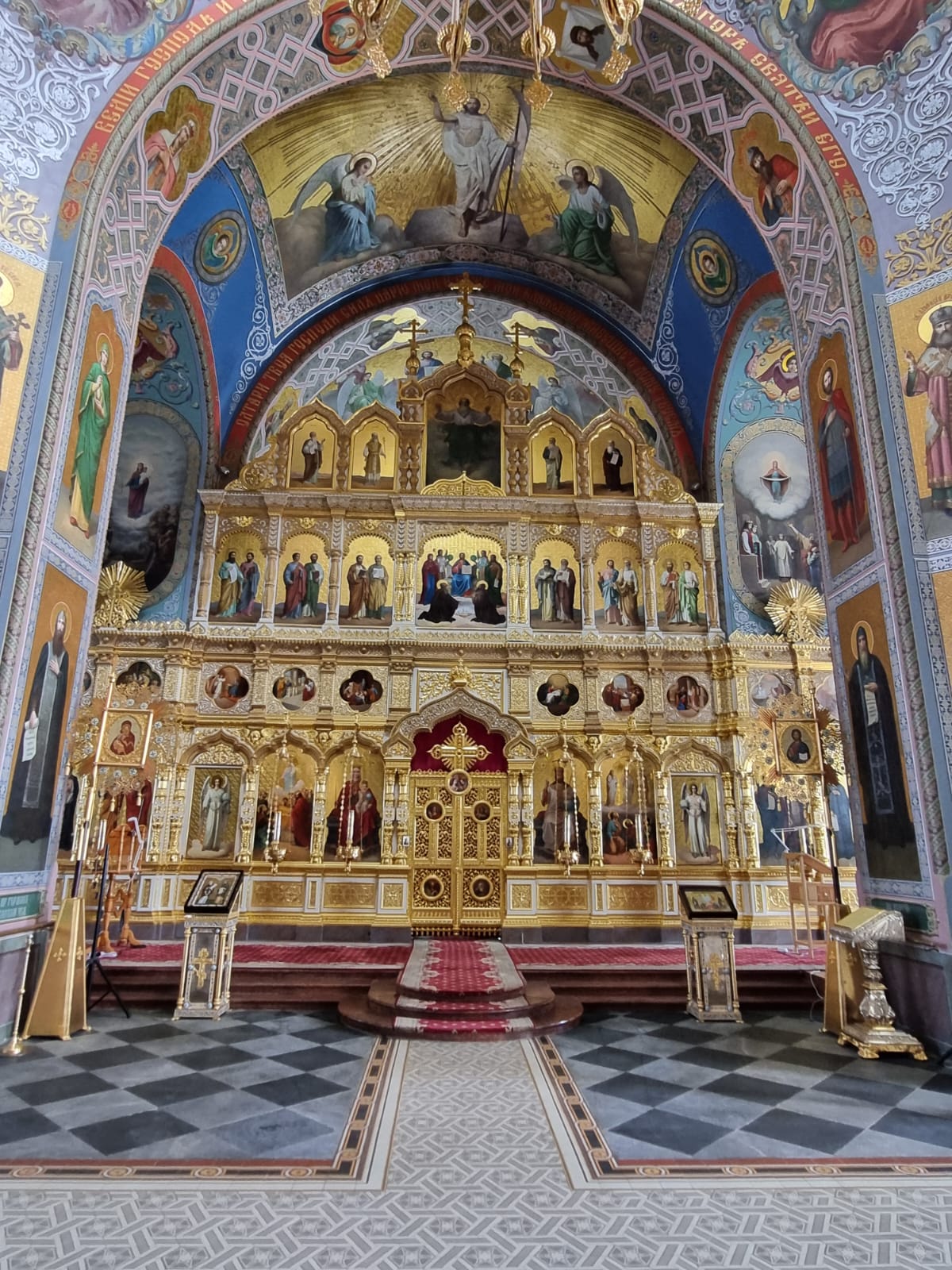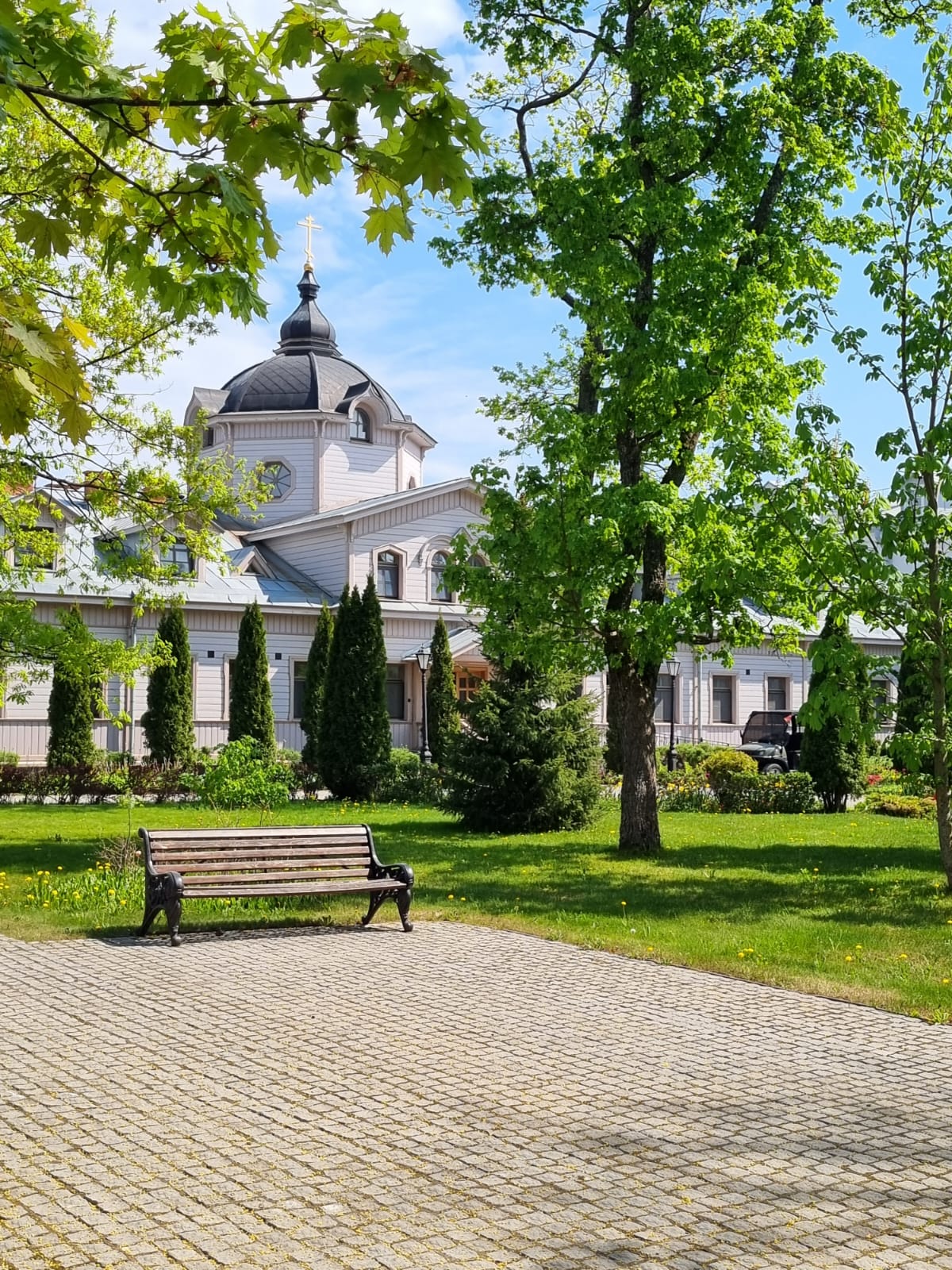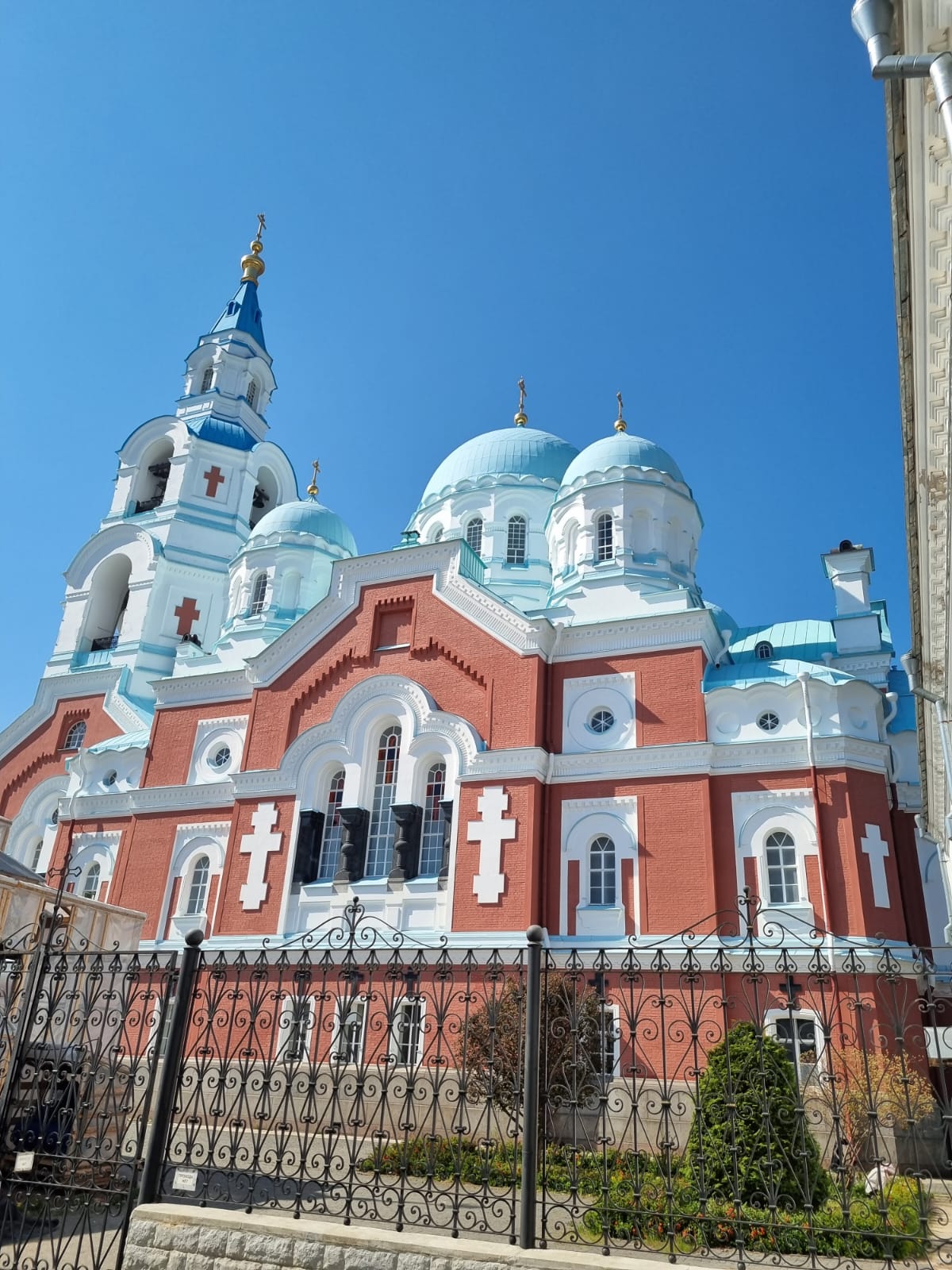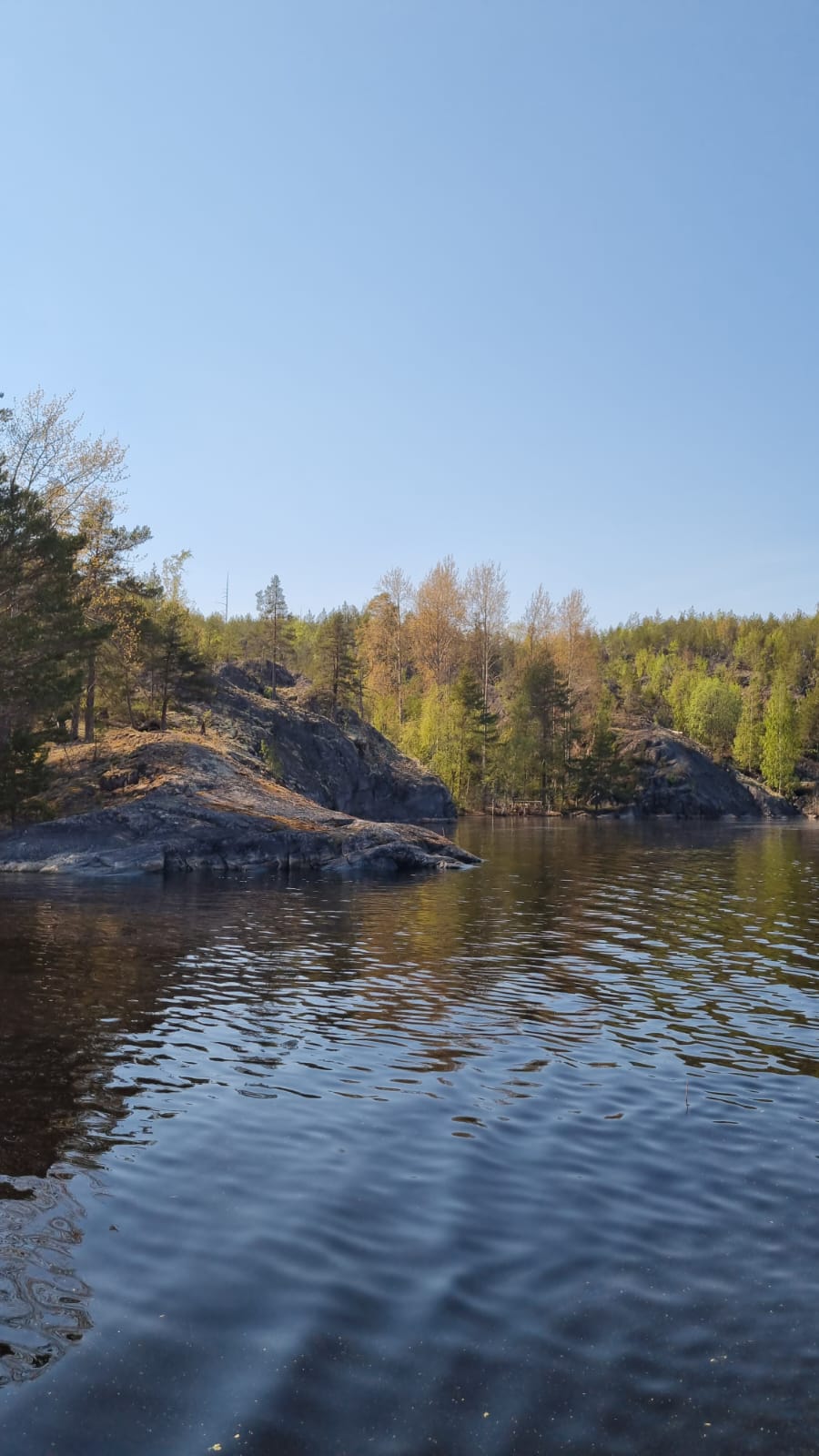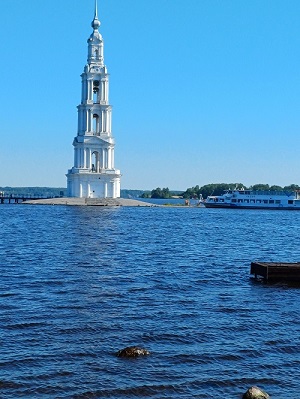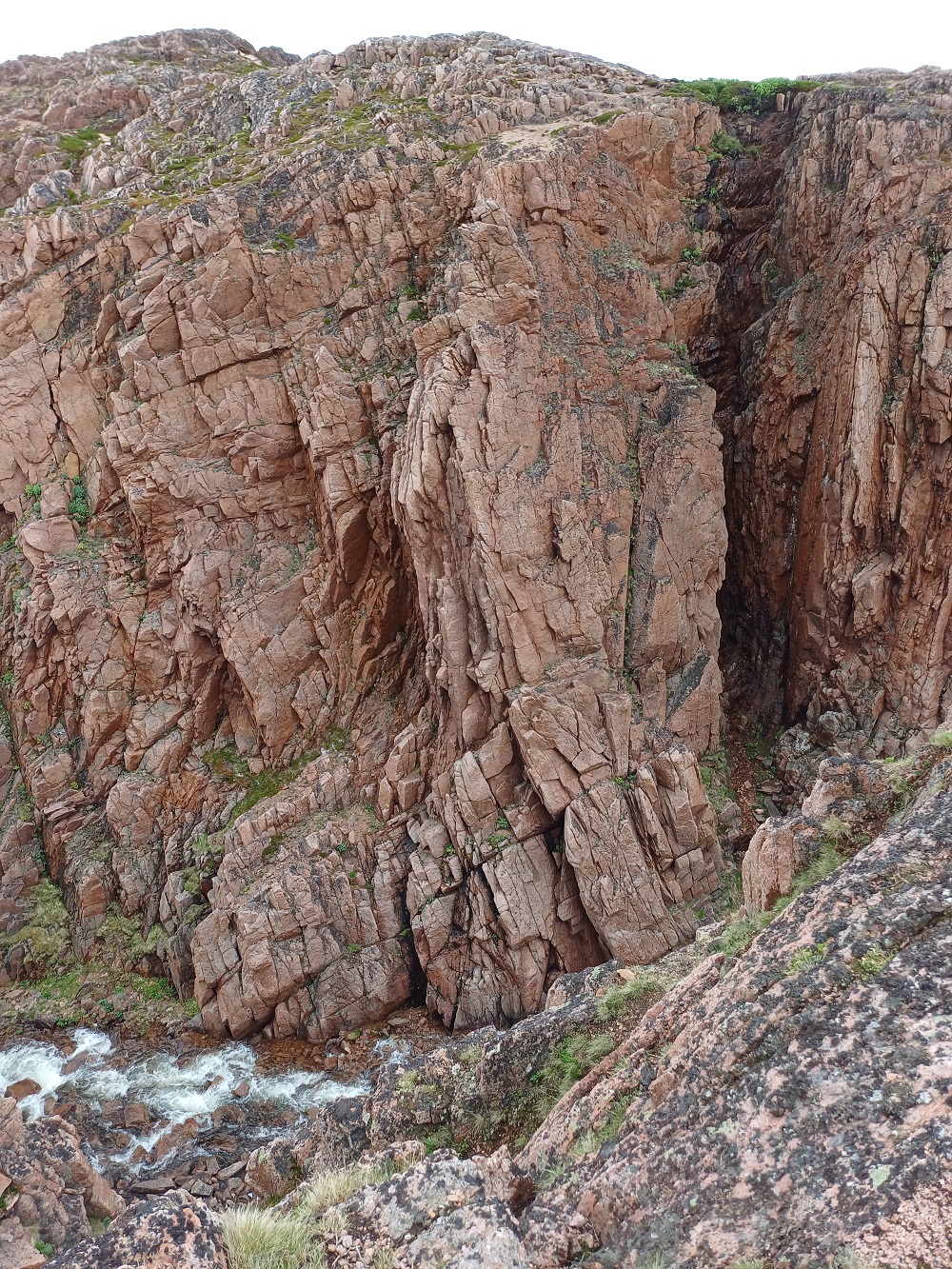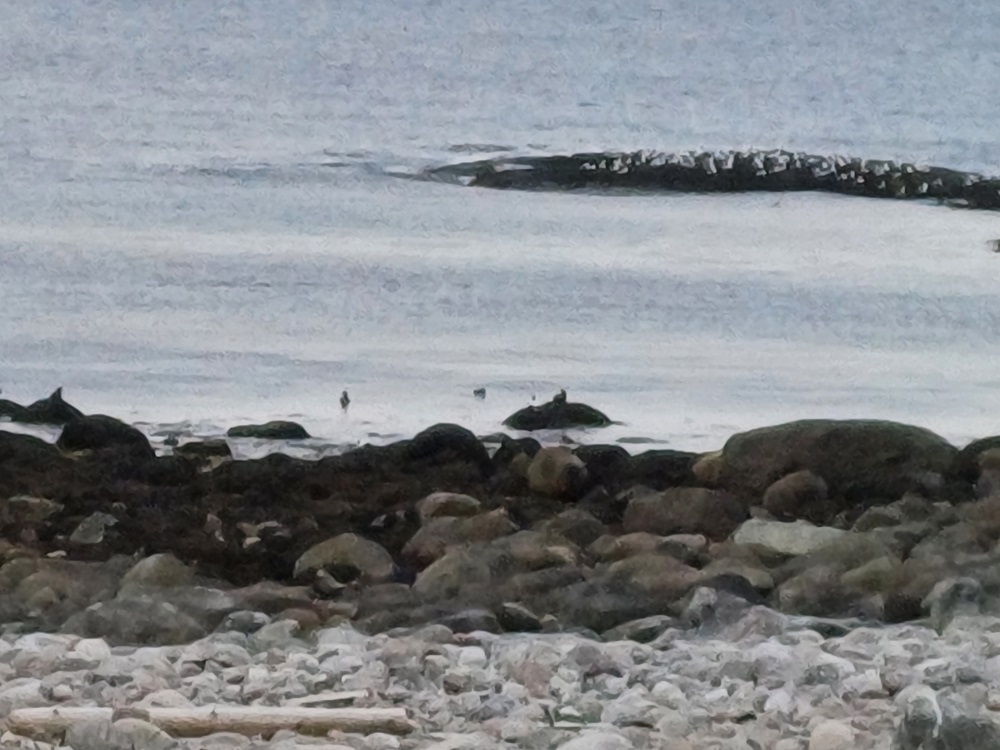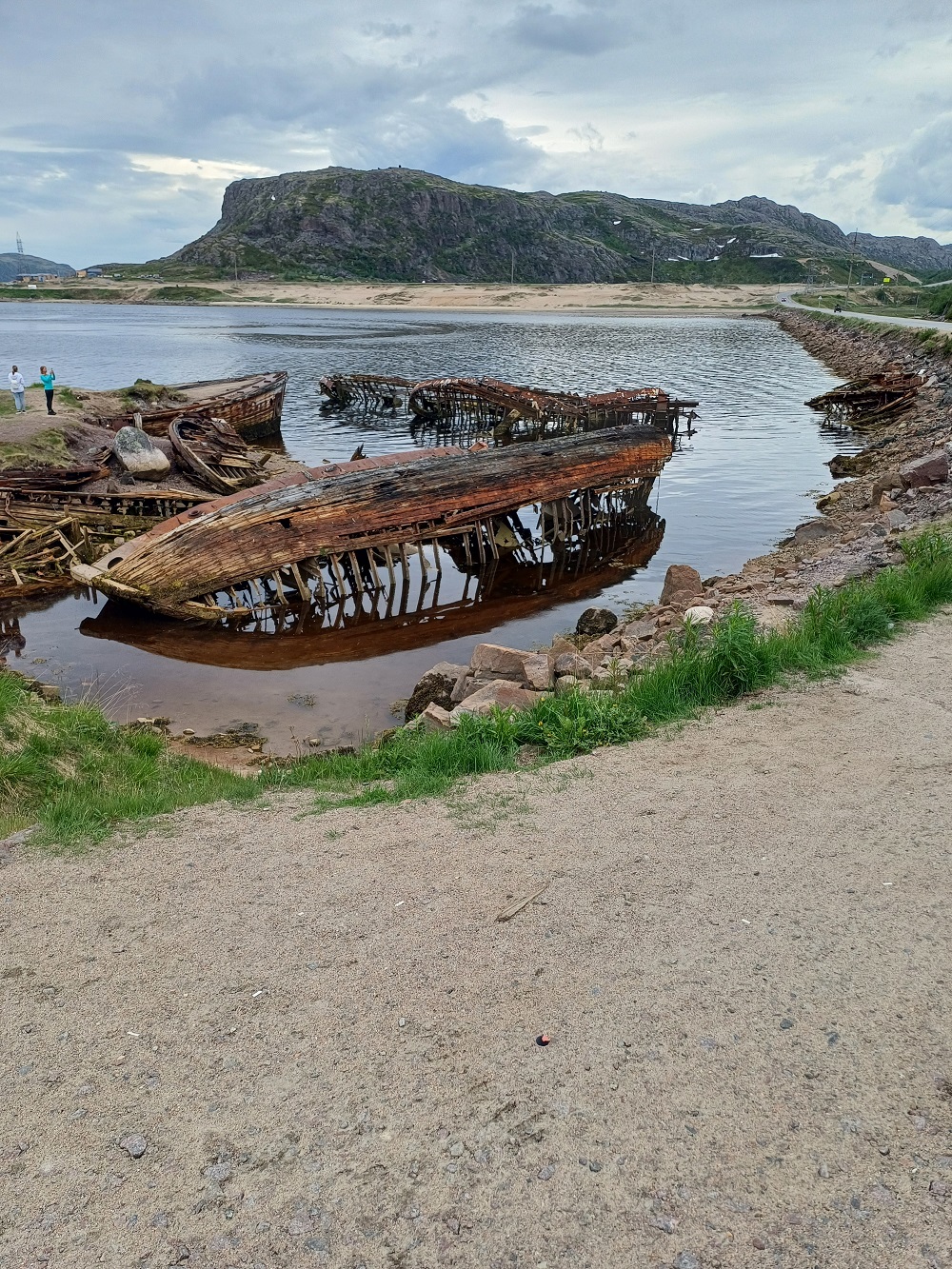Kola Peninsula
The Kola Peninsula is a unique region located in the northwestern part of Russia.This peninsula, washed by two seas - the Barents and Kara seas, stretches for 1000 kilometers along the Arctic coast. With its picturesque nature and rich cultural heritage, it attracts tourists from all over the world. The first thing that catches your eye when visiting the Kola Peninsula is its diversity of landscapes. Here you can see high mountain peaks covered with eternal snow and glaciers, endless tundra, lakes and rivers. The peninsula is also famous for its fjords - narrow bays with steep cliffs surrounded by cliffs. These places are a real paradise for lovers of active recreation and extreme sports. However, it is not only nature that makes the Kola Peninsula attractive for visiting. Here you can get acquainted with the unique culture of the indigenous peoples of this region - the most original representatives of the aboriginal heritage of Russia. Their traditions and customs are still preserved here, and local residents happily share their experience with everyone. The Kola Peninsula is a place where you can plunge into the authentic atmosphere of ethno-tourism and feel like a part of distant times and unknown spaces. Geography of the Kola Peninsula: features of the landscape and climate The Kola Peninsula is a unique place with a rich and varied landscape and climate. Located in the north-west of Russia, the peninsula is washed by two seas - the Barents and Kara seas. The geography of the Kola Peninsula is characterized by mountain ranges, rivers, lakes and coastlines. Here you can find the tundra with its cold and inaccessible landscapes, and forests with their diverse flora and fauna. The climate of the Kola Peninsula is subarctic, which means cold winters and cool summers. Winters here are long and harsh, with deep snow and temperatures down to -30 °C. In summer, the peninsula is in a zone of constant sun, when the sun does not set beyond the horizon for several weeks. This is the time when the nature of the Kola Peninsula comes to life and you can enjoy the vibrant colors, a hit with locals and tourists. The landscape features of the Kola Peninsula are inevitably related to its geological past. Here you can find granite mountains, rocky high-mountain plateaus, deep lakes and sea coasts
History of the Kola Peninsula: from ancient times to the present
The history of the Kola Peninsula goes back thousands of years and includes various eras and events. Ancient archaeological finds indicate the population of the peninsula dating back to the Paleolithic era. In the Middle Ages, the territory of the Kola Peninsula was inhabited by the northern tribes of the Sami and Nenets. In the 16th century, a Russian administrative border appeared on the peninsula and the process of Russian colonization began. In the 20th century, the Kola Peninsula witnessed events of revolutions and wars, and also became a strategically important territory during the Second World War. During Soviet times, active industrial activity related to the extraction and processing of natural resources developed on the peninsula. Currently, the Kola Peninsula is one of the most important natural and tourist centers in Russia. Here you can find unique natural sites, such as the Kola Nature Reserve and the Murmansk coast, as well as enjoy the unique landscapes and cultural heritage of the region. Natural resources of the Kola Peninsula: ore deposits and nature reserves The Kola Peninsula is one of the richest regions of Russia in natural resources. There are many ore deposits here, including large deposits of nickel, iron, apatite and other valuable minerals. Thanks to these deposits, the Kola Peninsula is one of the leading regions of the country in the extraction and export of ore resources. However, the natural resources of the peninsula are not limited only to ore deposits. There are also unique nature reserves here, which are valuable areas of biological diversity.
Ruskeala National Park is one of the most famous places on the Kola Peninsula, known for its beautiful stone lakes and natural monuments. Also on the peninsula are the Murmansk and Kandalaksha nature reserves, which represent unique ecosystems with rich flora and fauna. All these natural resources of the Kola Peninsula are of great importance both for the economic development of the region and for the preservation of the unique natural environment. Population of the Kola Peninsula: ethnic composition and socio-economic characteristics The population of the Kola Peninsula is represented by various ethnic groups. Mostly Russians, Sami, Nenets, as well as representatives of other peoples of Russia live here. The ethnic composition is diverse, creating a unique multicultural environment. The socioeconomic characteristics of the population vary depending on the region. For example, the coastal areas have a more developed fishing and maritime industry, while the inland areas of the peninsula are focused on mining and tourism. Differences in income levels and access to social services can be observed among populations of different ethnic groups. Tourist potential of the Kola Peninsula: attractions and popular routes The Kola Peninsula is a unique place that attracts tourists with its natural beauty and amazing sights. The main routes include trips to the Kandalaksha Nature Reserve, where you can see polar bears, as well as to the Northern Pillar - the northernmost cape of the peninsula. No less popular are trips to the Kola Sea Mineral Museum and the Russian North Mountain Park, where you can enjoy the picturesque landscapes and spend time in the fresh air. The tourism potential of the Kola Peninsula is impressive with its diversity and uniqueness, attracting nature and history lovers.
